In the 1920s, Paris was a hub of artistic and intellectual activity, and its cafes were at the heart of this vibrant culture. These establishments were not just places to enjoy coffee or a meal; they were social and cultural centers where artists, writers, and thinkers gathered. The cafe culture of Paris in this era was marked by a spirit of freedom and creativity, a reaction to the horrors of World War I.
Famous Cafes and Their Clientele
Iconic cafes like Les Deux Magots, Café de Flore, and Le Select were particularly famous during this period. Les Deux Magots, known for its association with intellectuals like Jean-Paul Sartre and Simone de Beauvoir, was a popular spot for discussing philosophy and literature. Café de Flore, just a few steps away, attracted a similar crowd. Le Select, on the other hand, was a favored haunt of American expatriates like F. Scott Fitzgerald and Ernest Hemingway.
The Role of Cafes in the Artistic Community
Cafes in 1920s Paris were crucial in shaping the city’s artistic community. These spaces provided a place for artists to meet, share ideas, and find inspiration. They were breeding grounds for literary and artistic movements, including Surrealism and Dadaism. The informal atmosphere of these cafes allowed for the free exchange of ideas, fostering a culture of collaboration and innovation.
Architectural and Interior Features
The architecture and interiors of these cafes were characterized by their Art Nouveau and Art Deco styles, reflective of the broader artistic trends of the time. Ornate decorations, mirrored walls, and comfortable seating were typical features, creating an ambiance that encouraged patrons to linger and converse. The design of these spaces was integral to their appeal, offering an escape from the ordinary and a gateway to a world of intellectual and creative exploration.


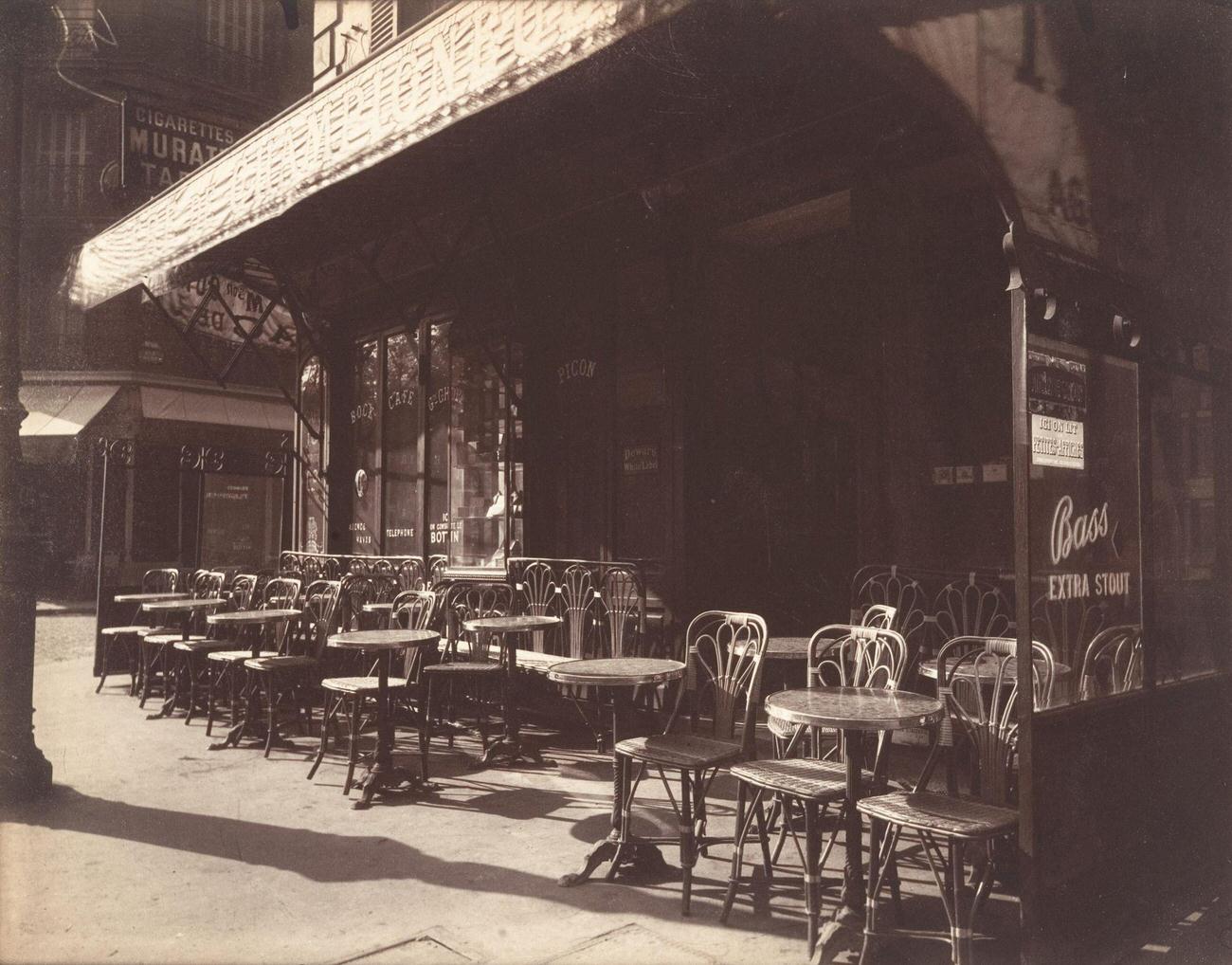
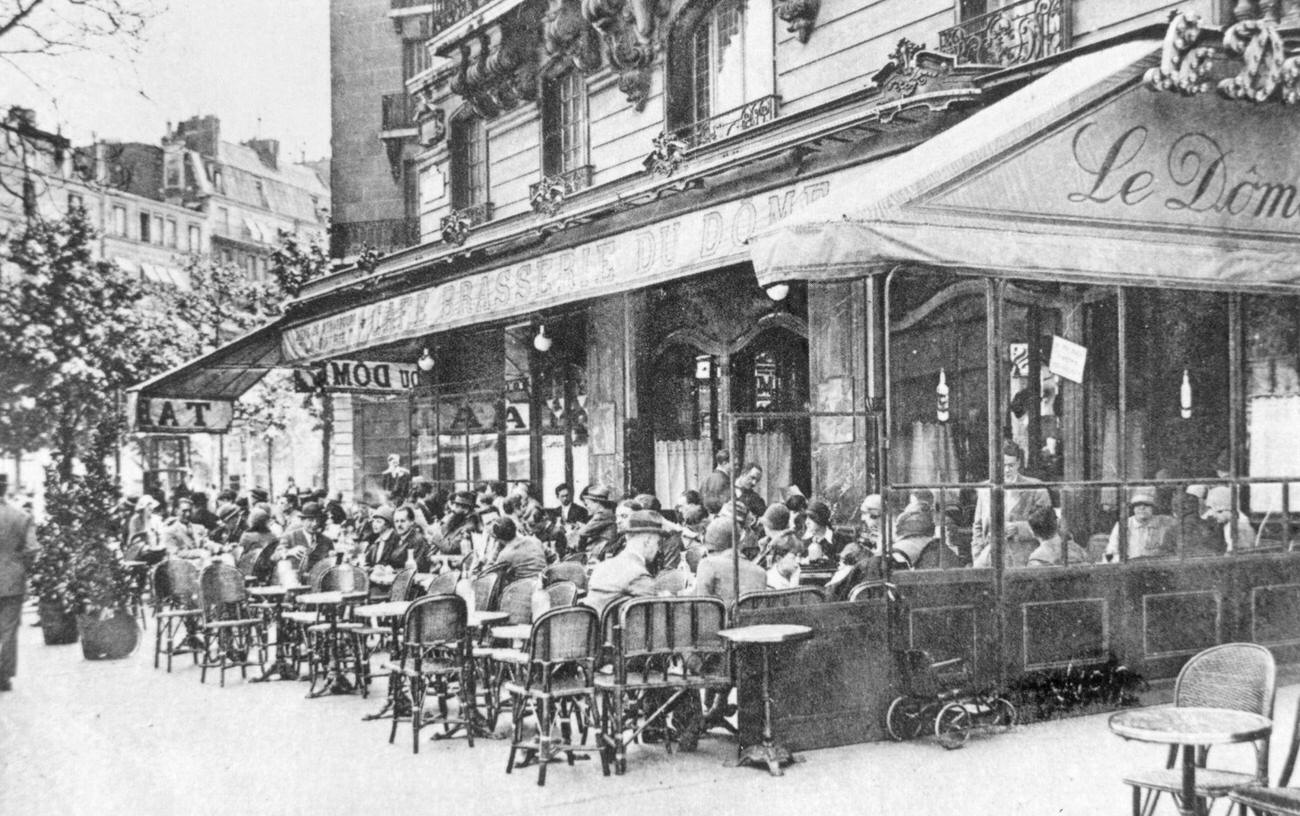
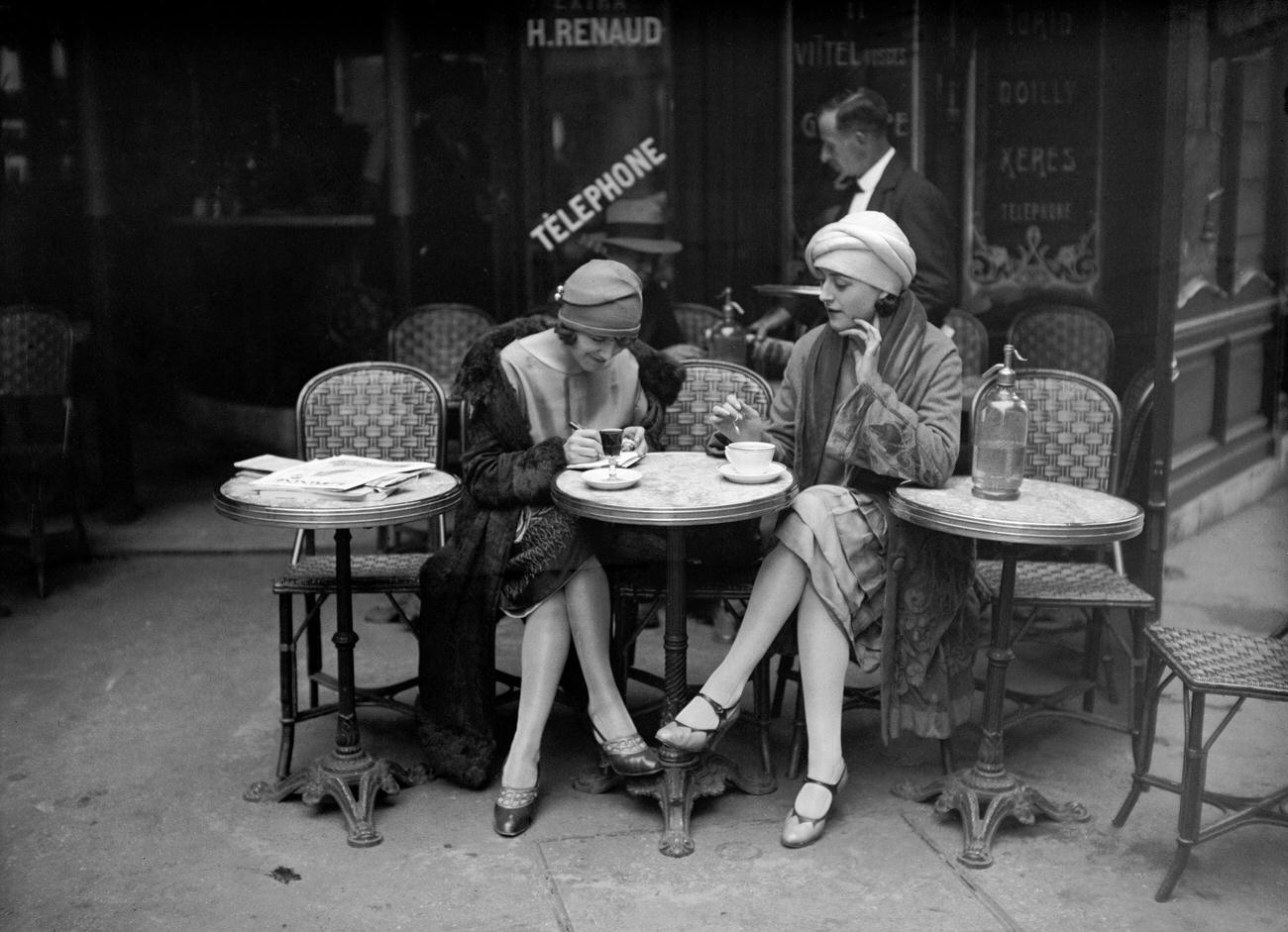
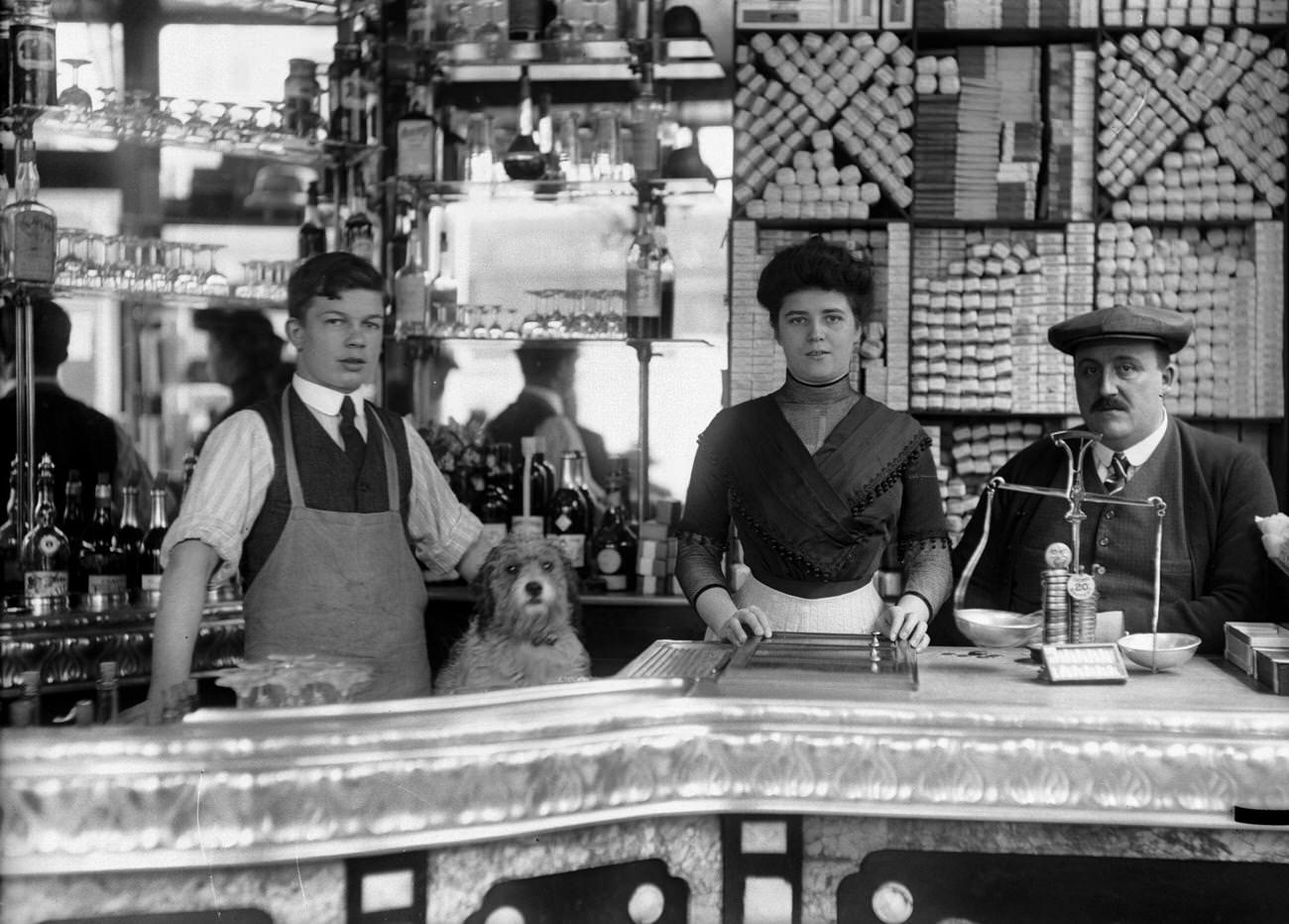
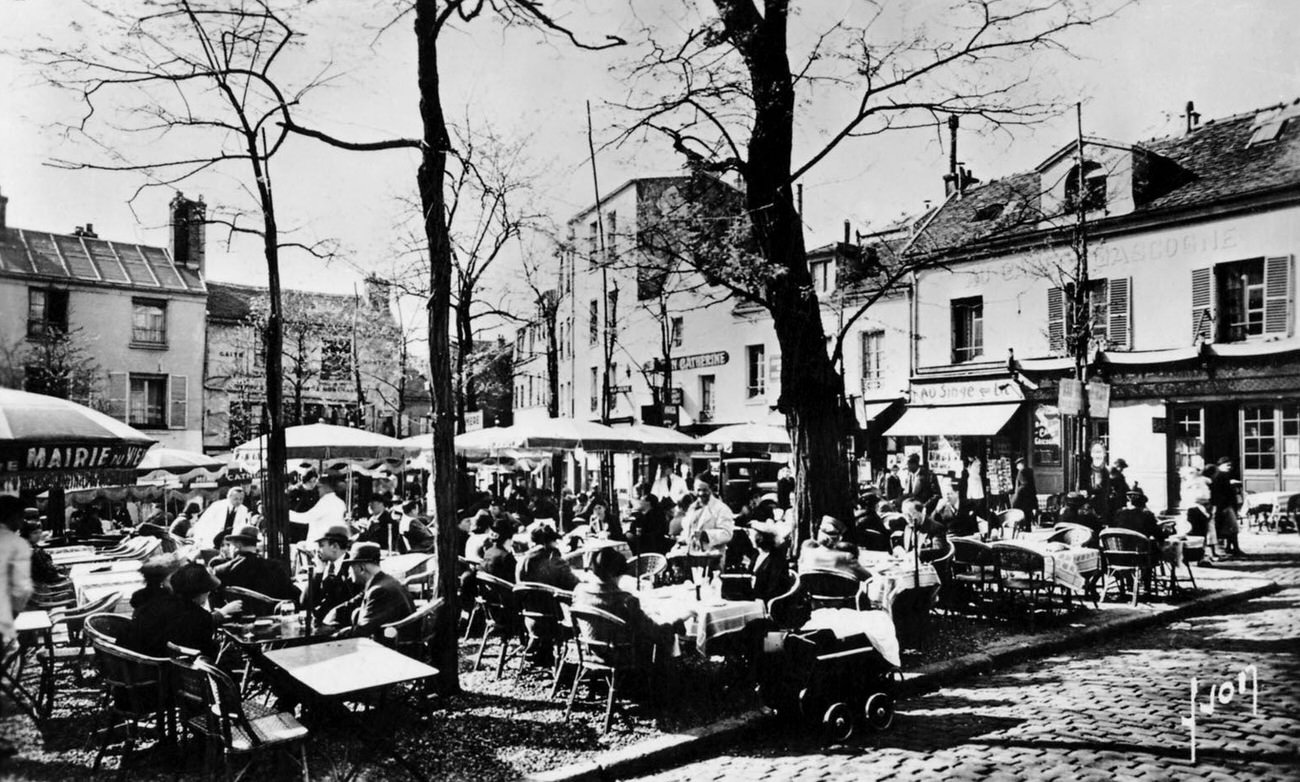
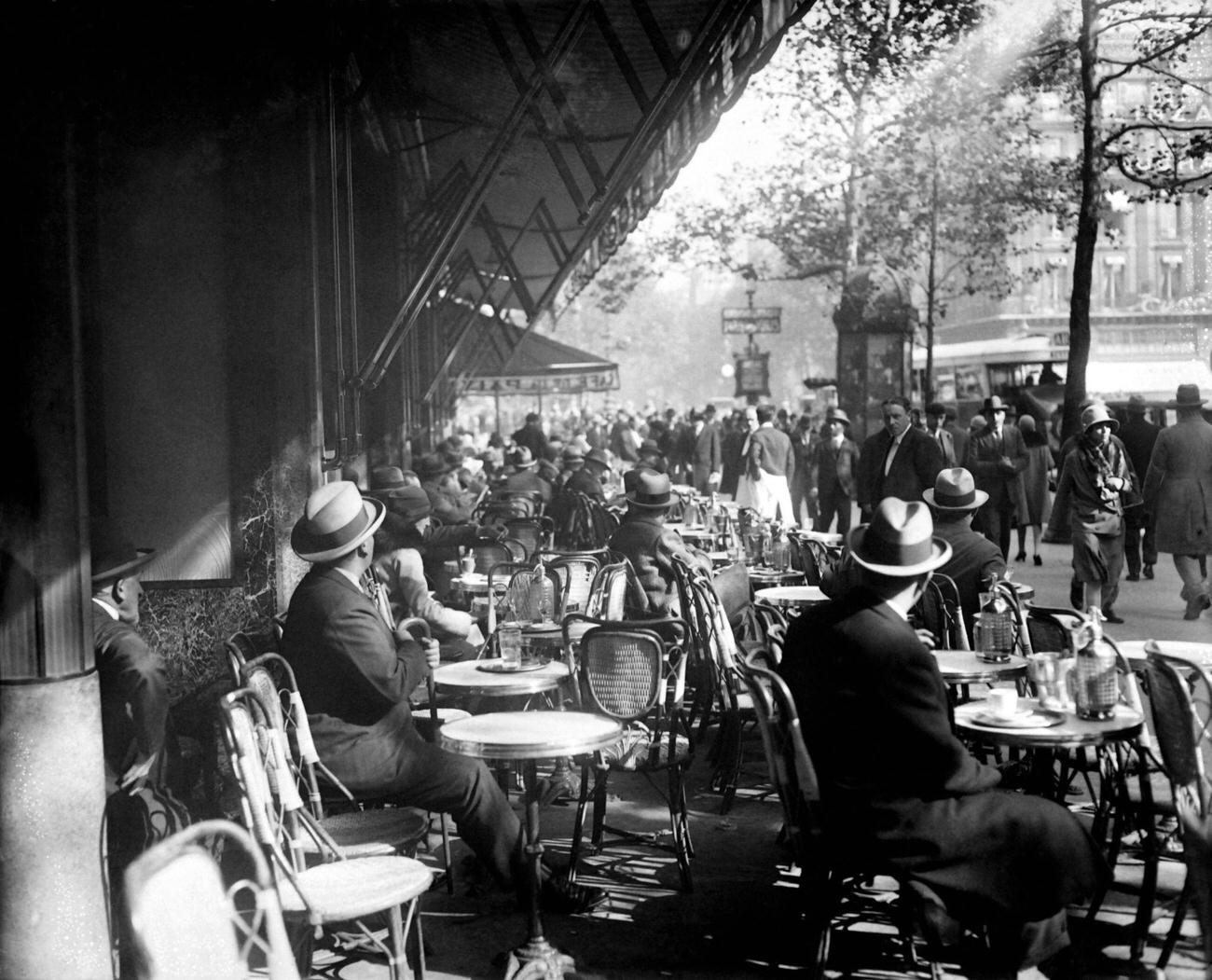
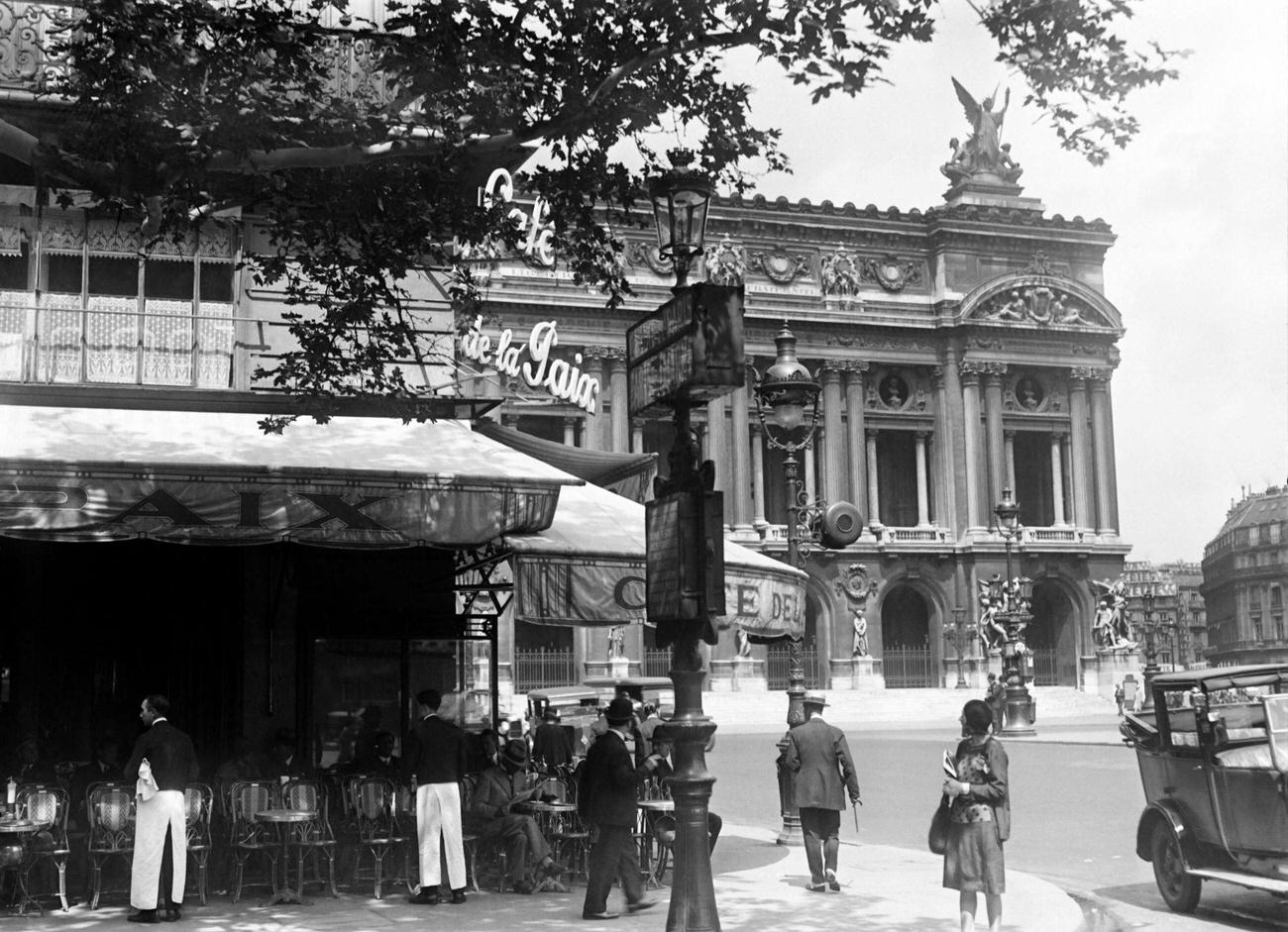
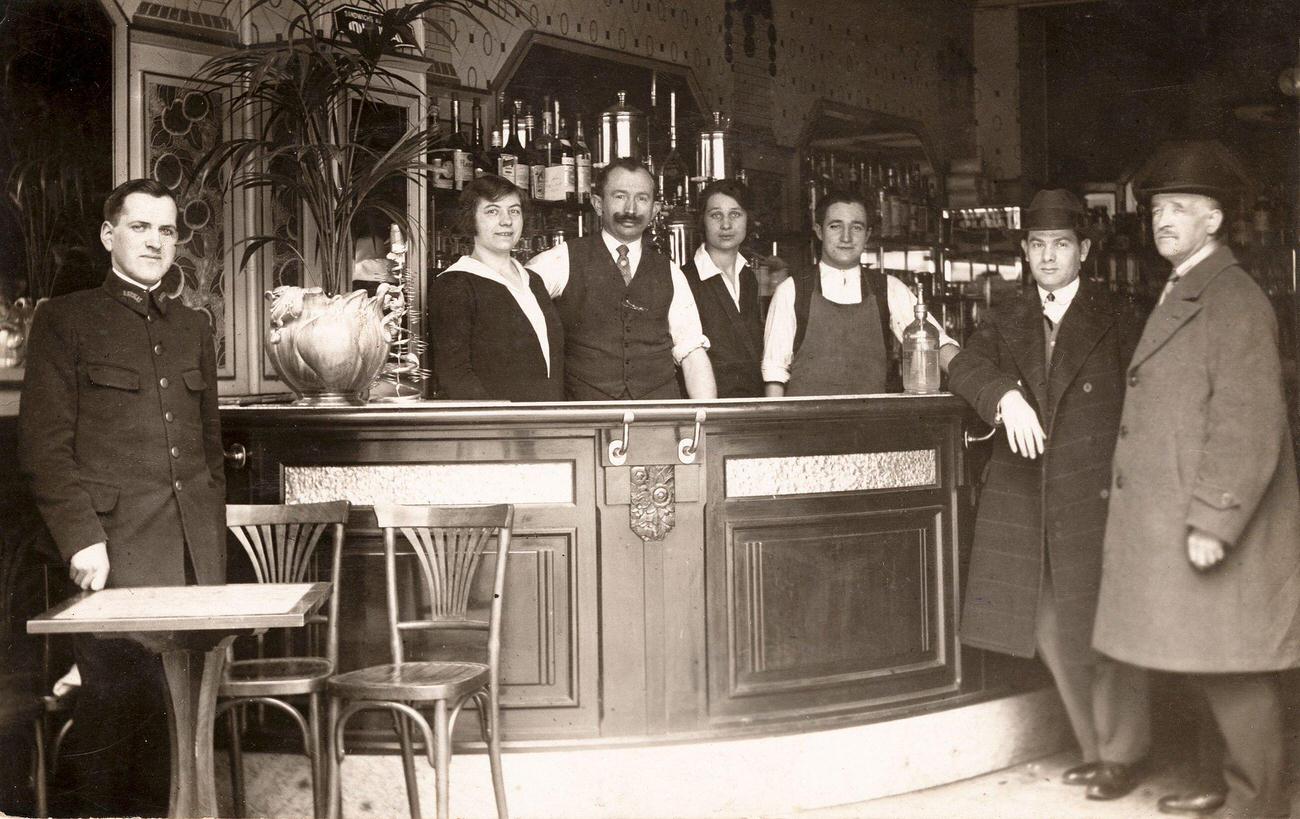
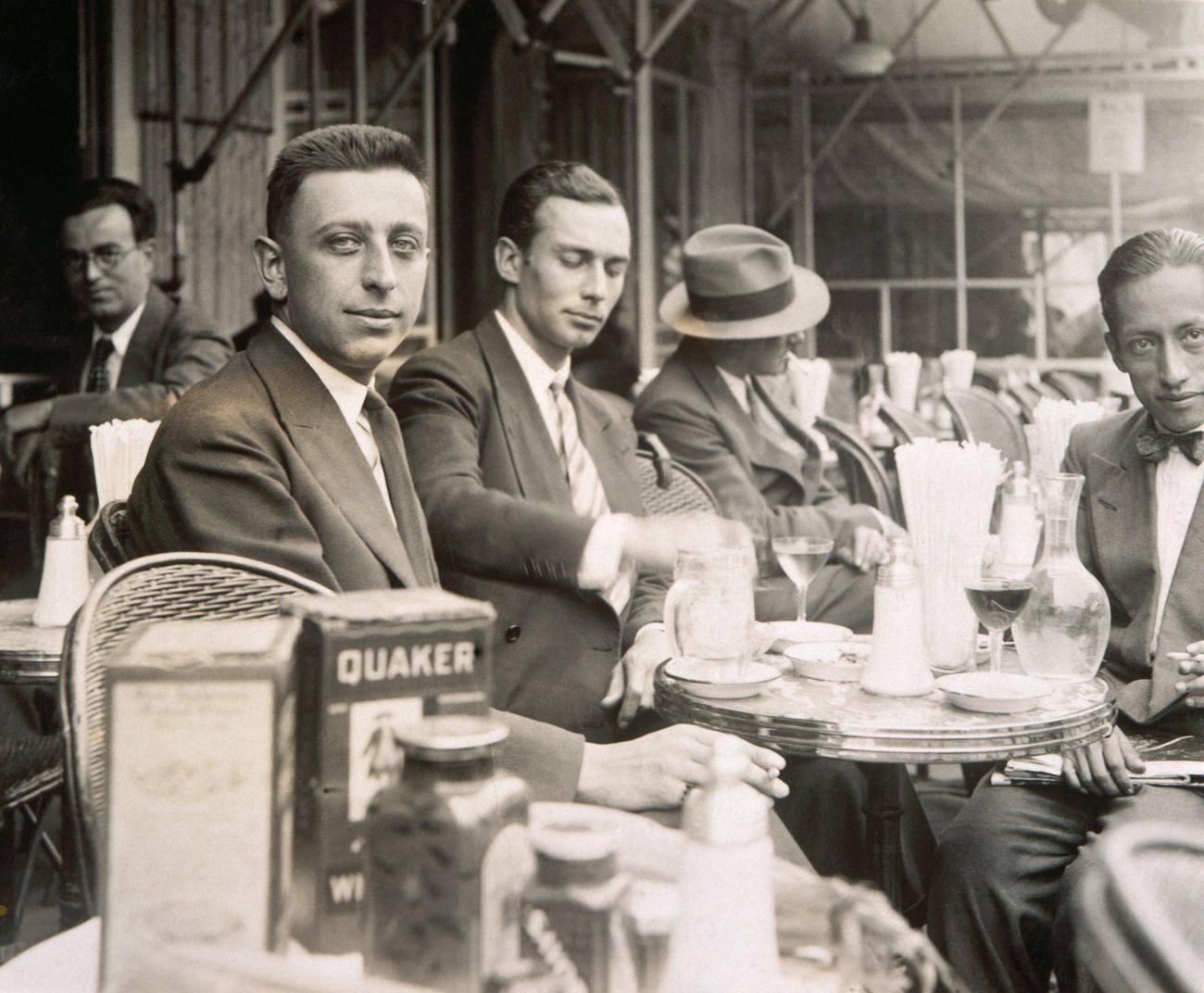
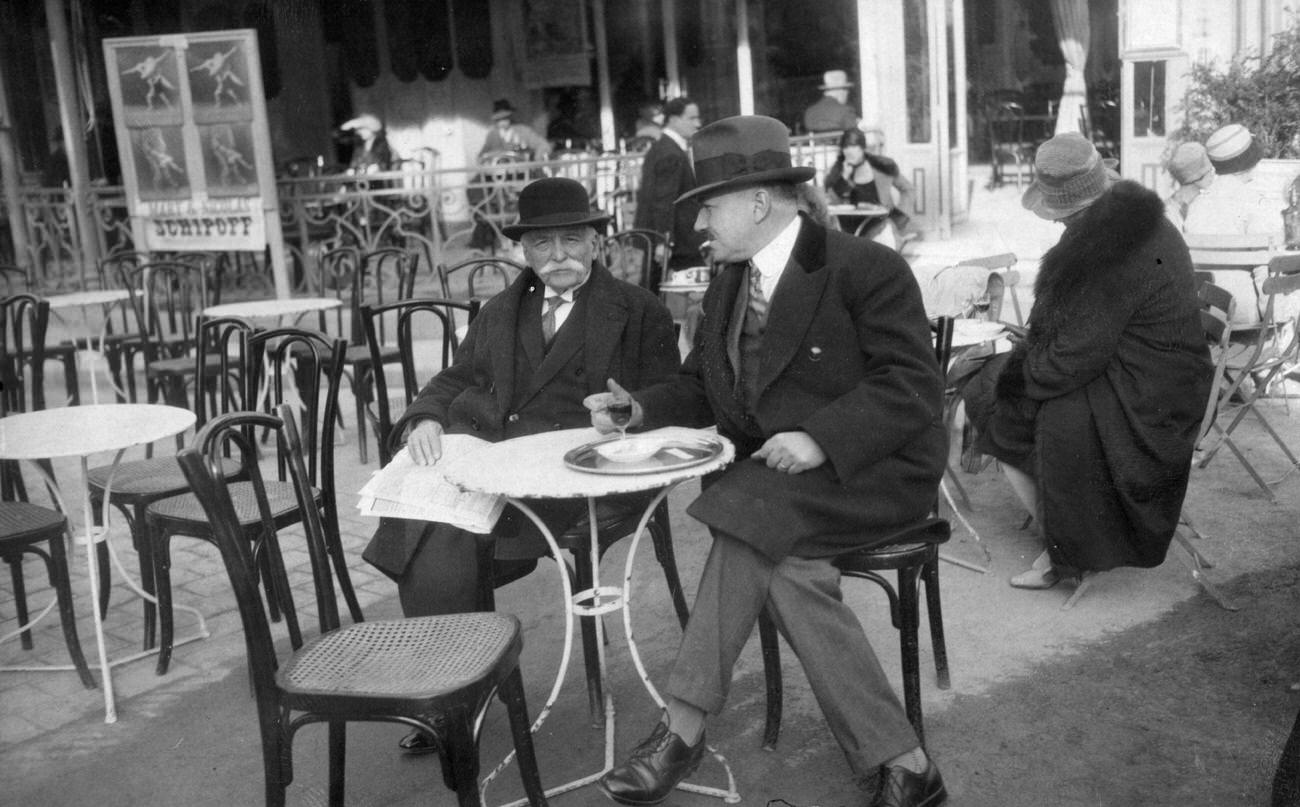
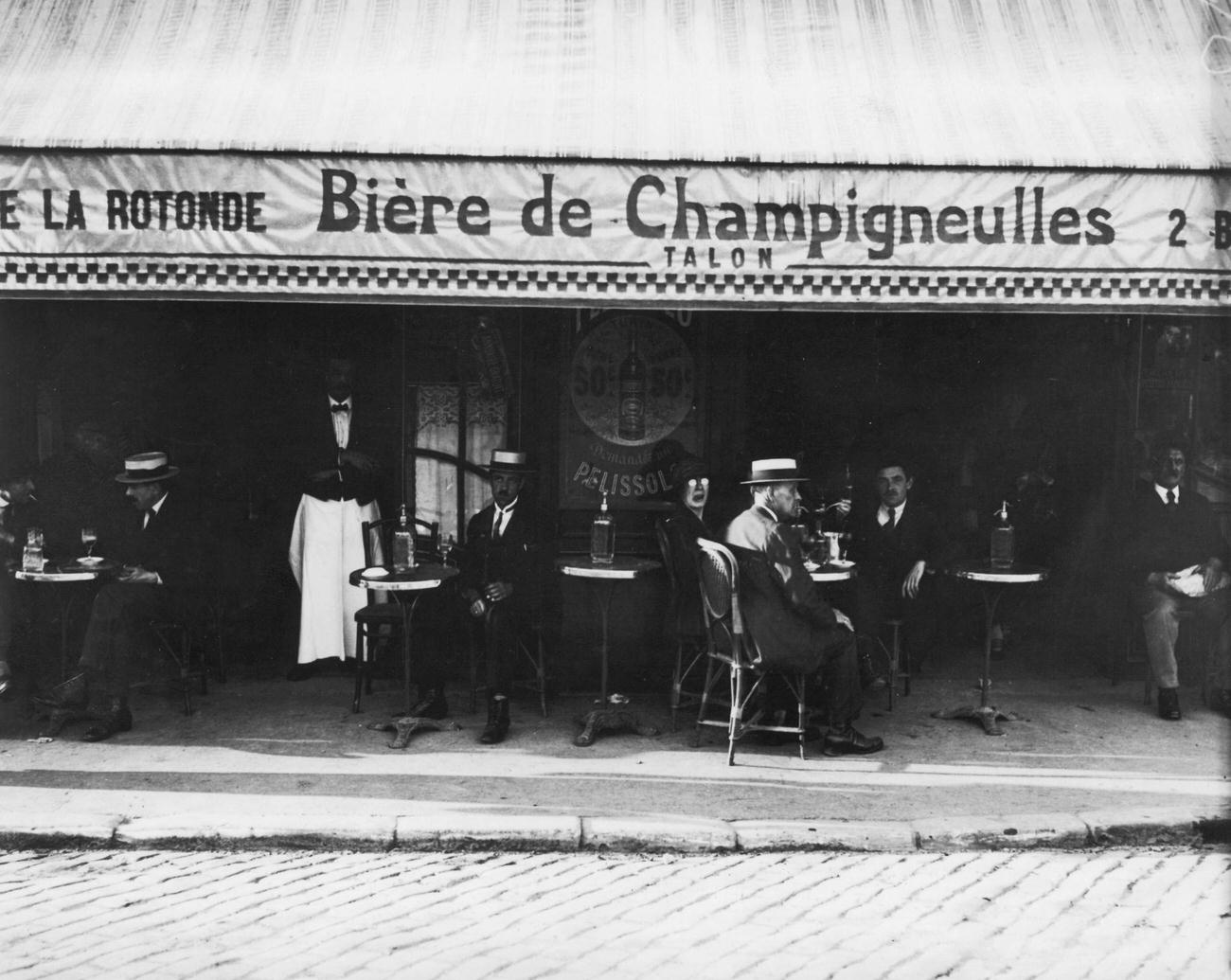
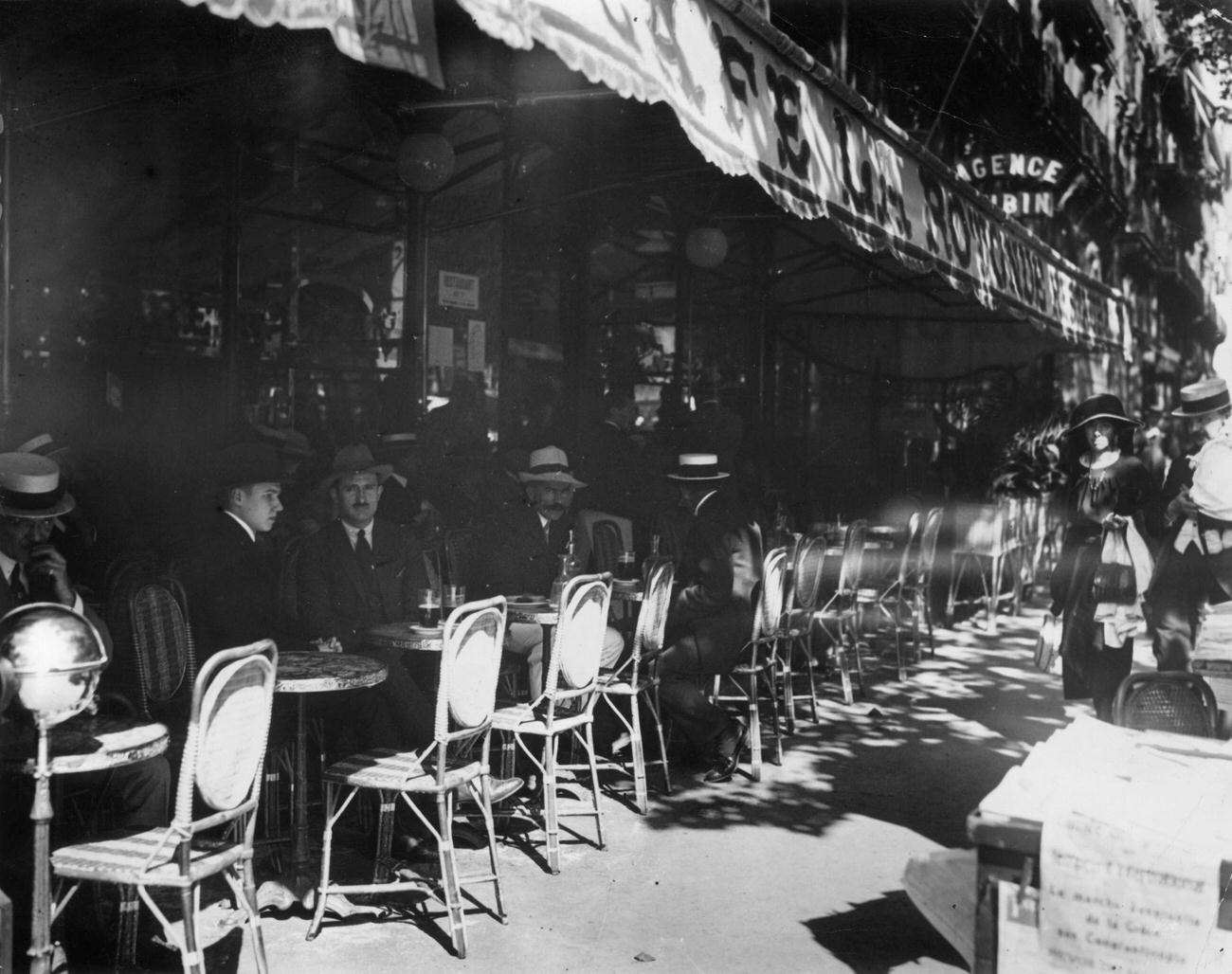
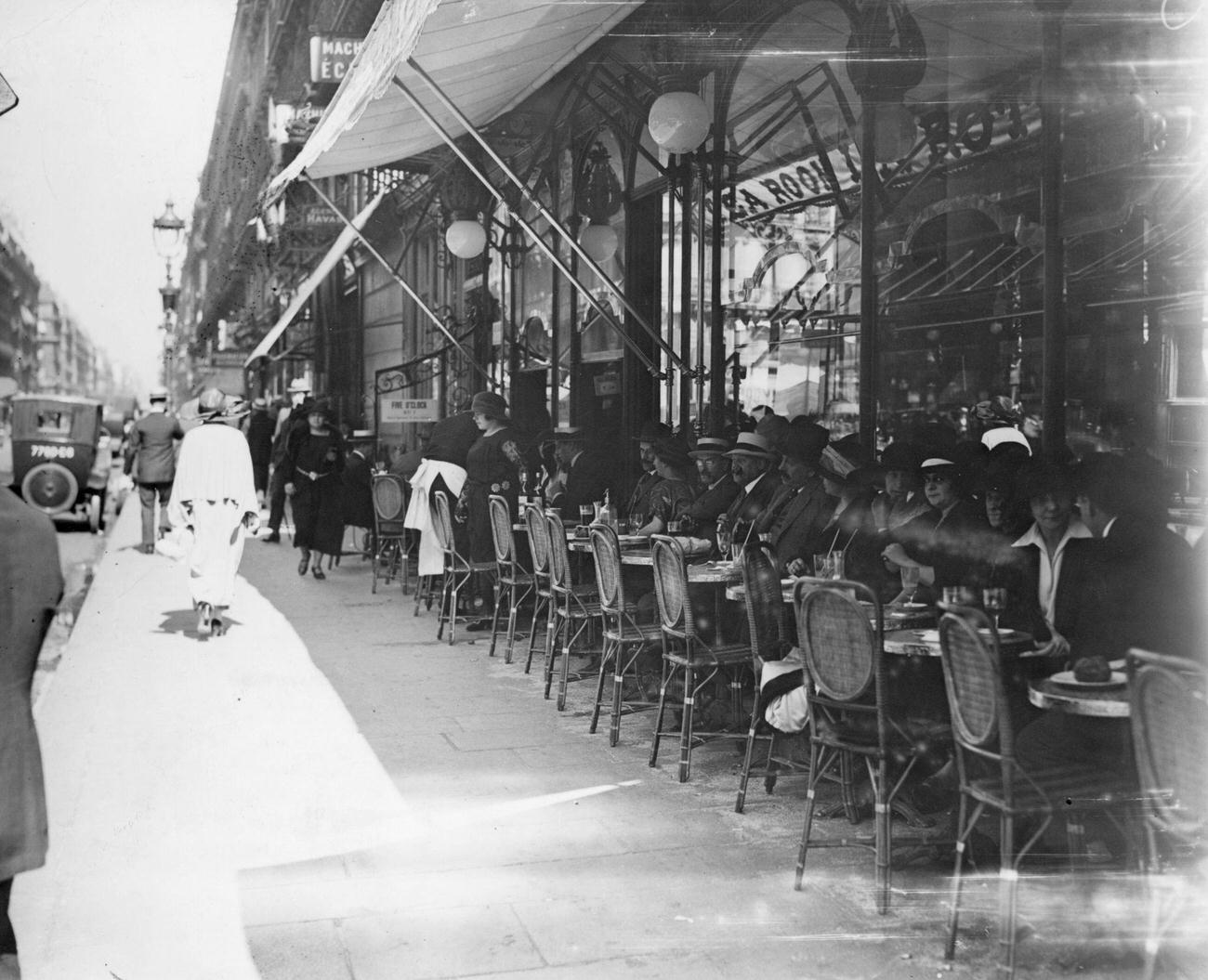
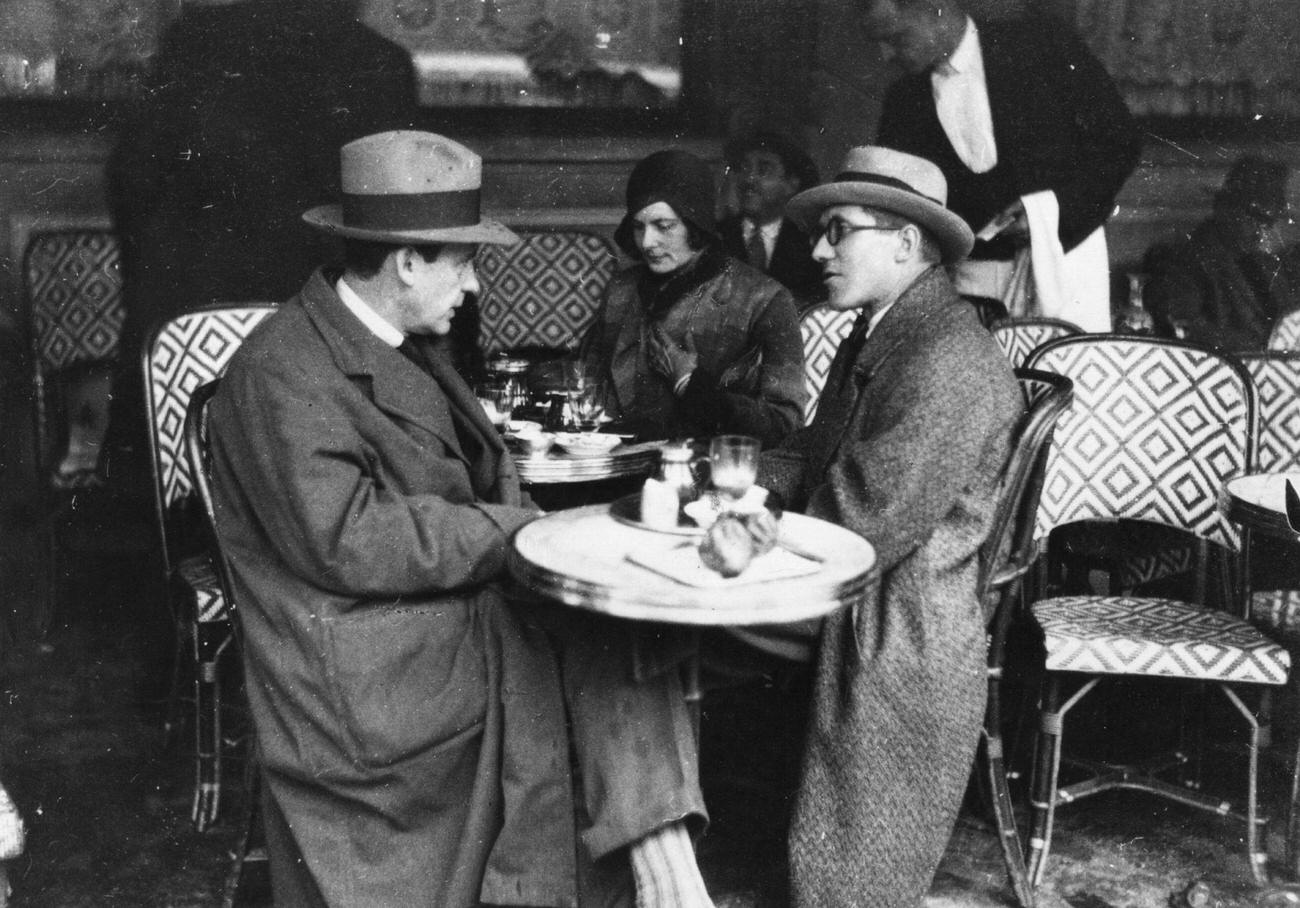
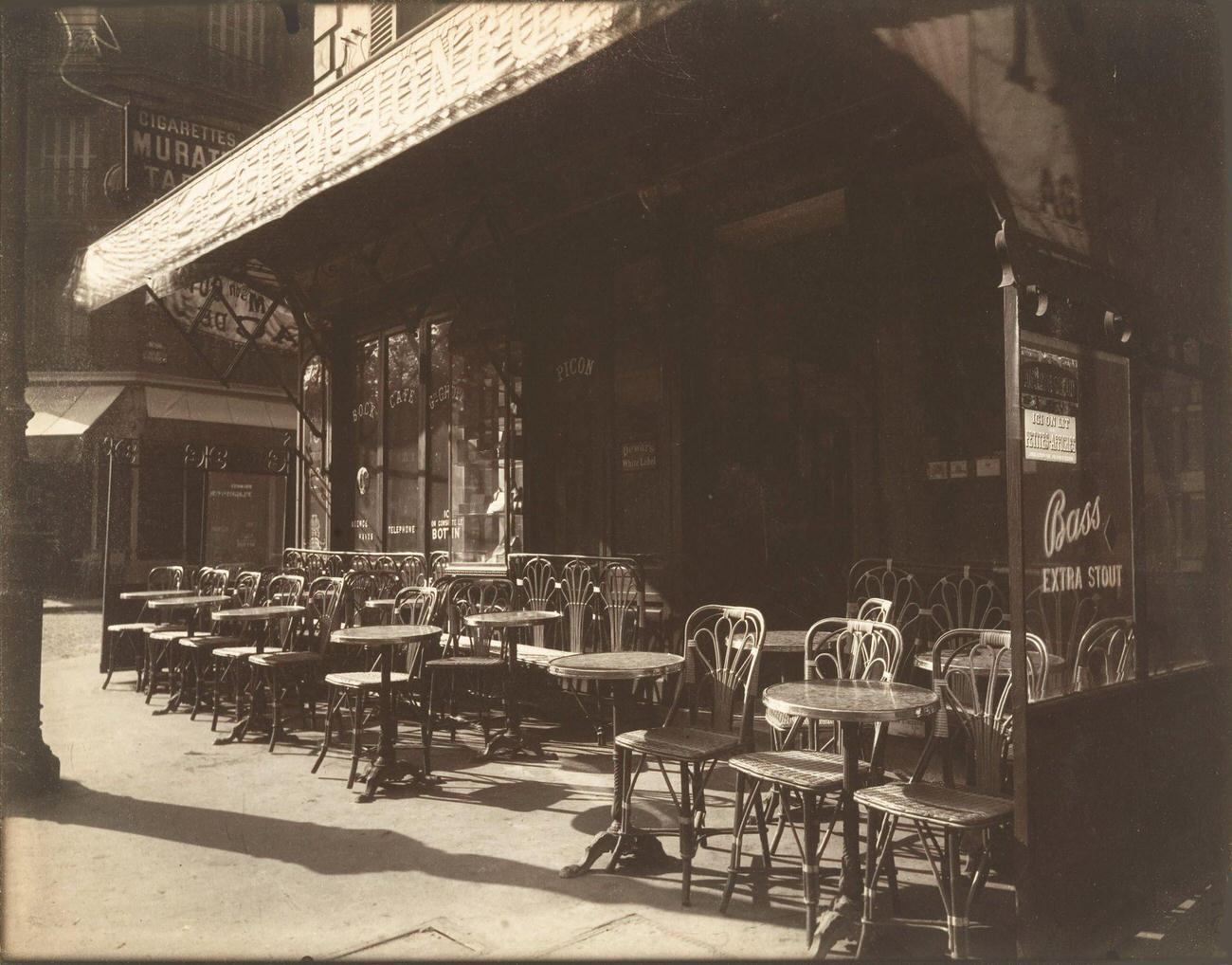
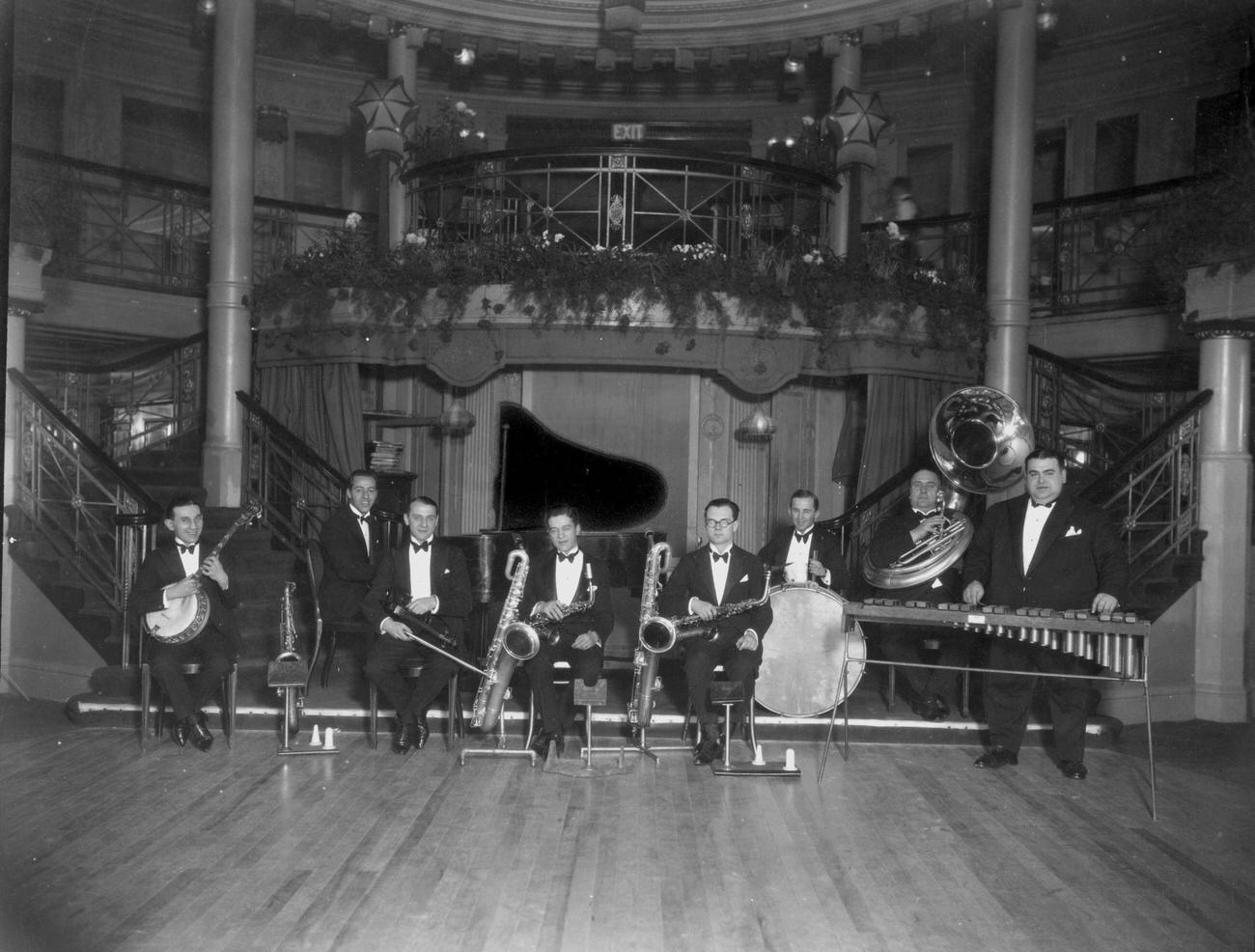
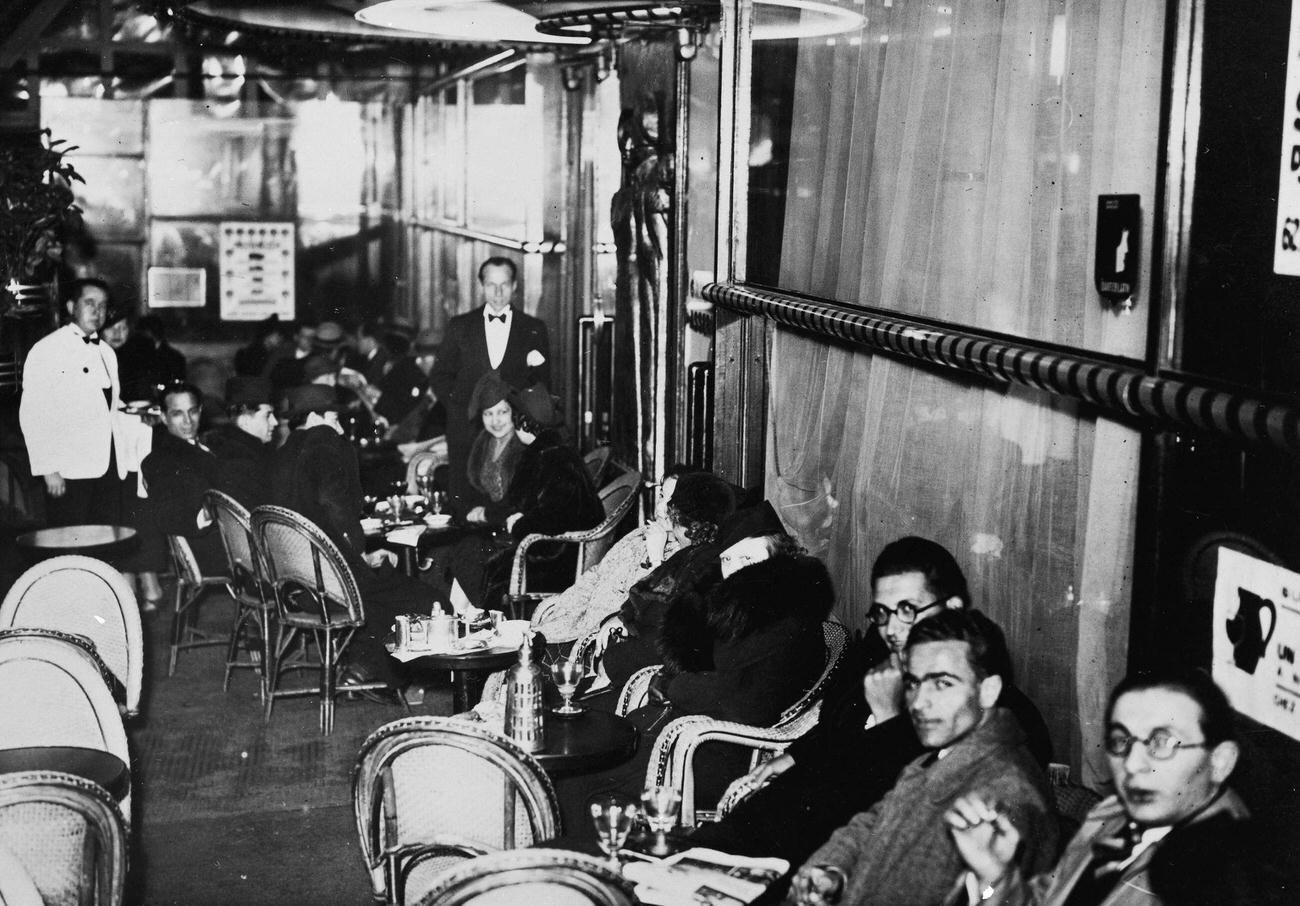
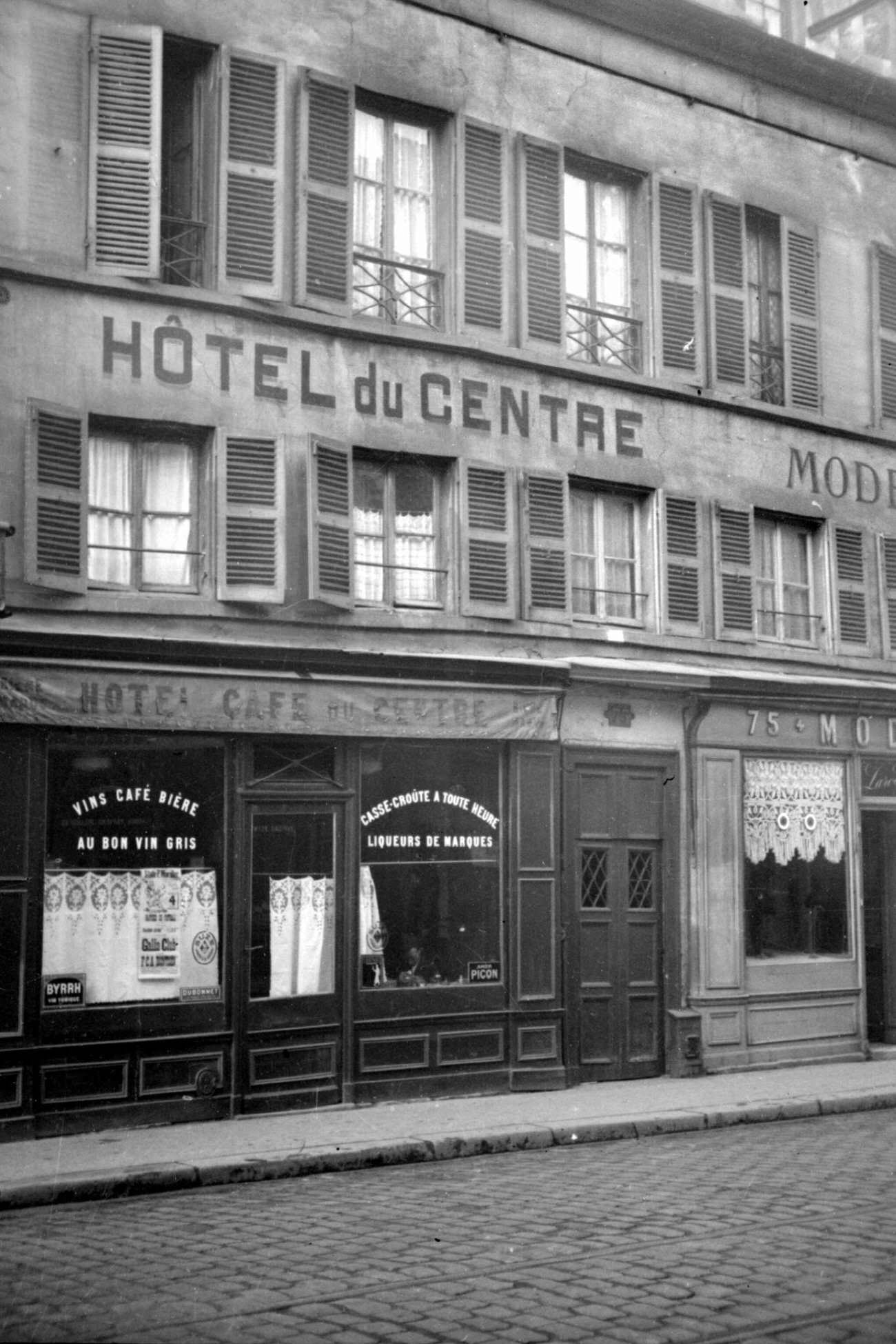
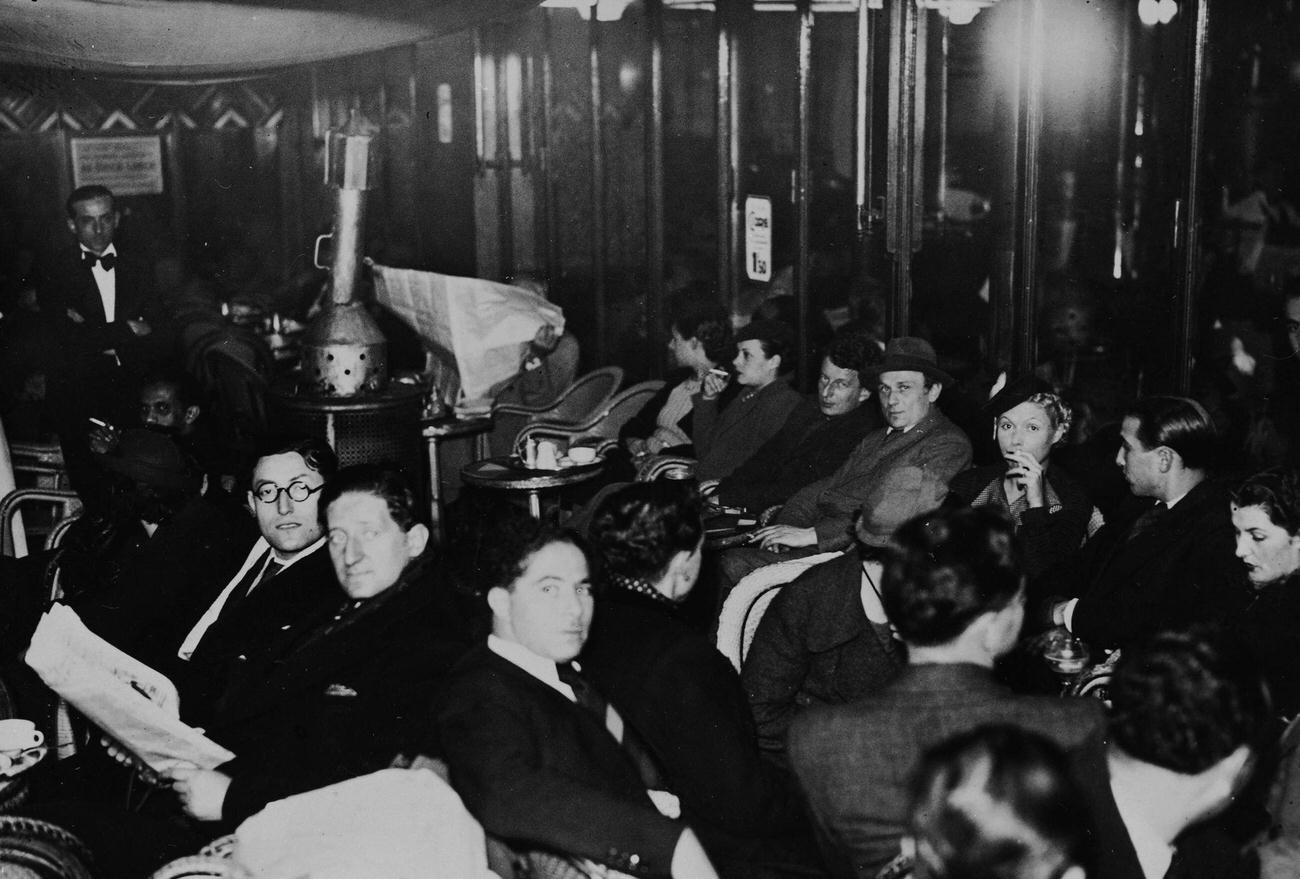
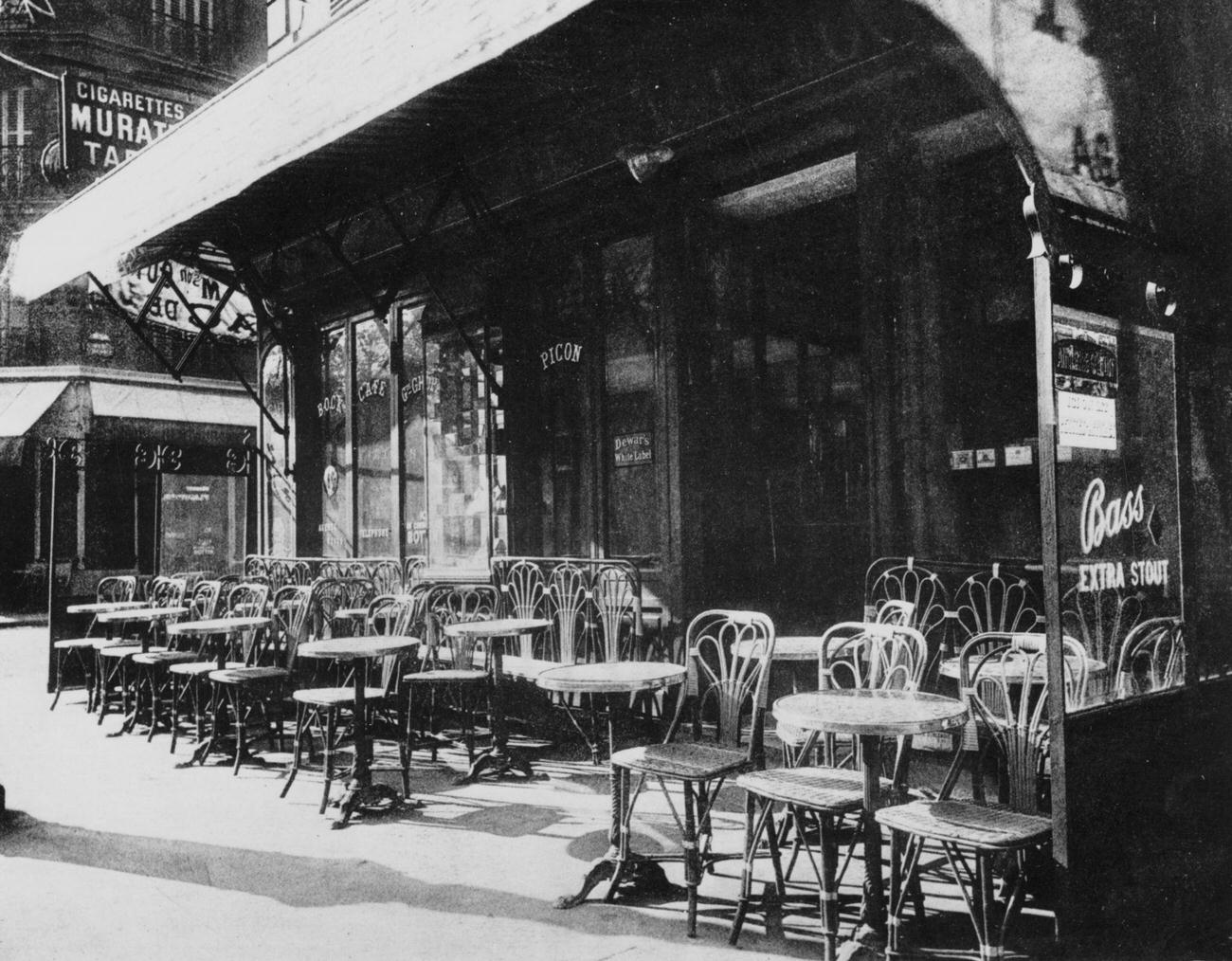
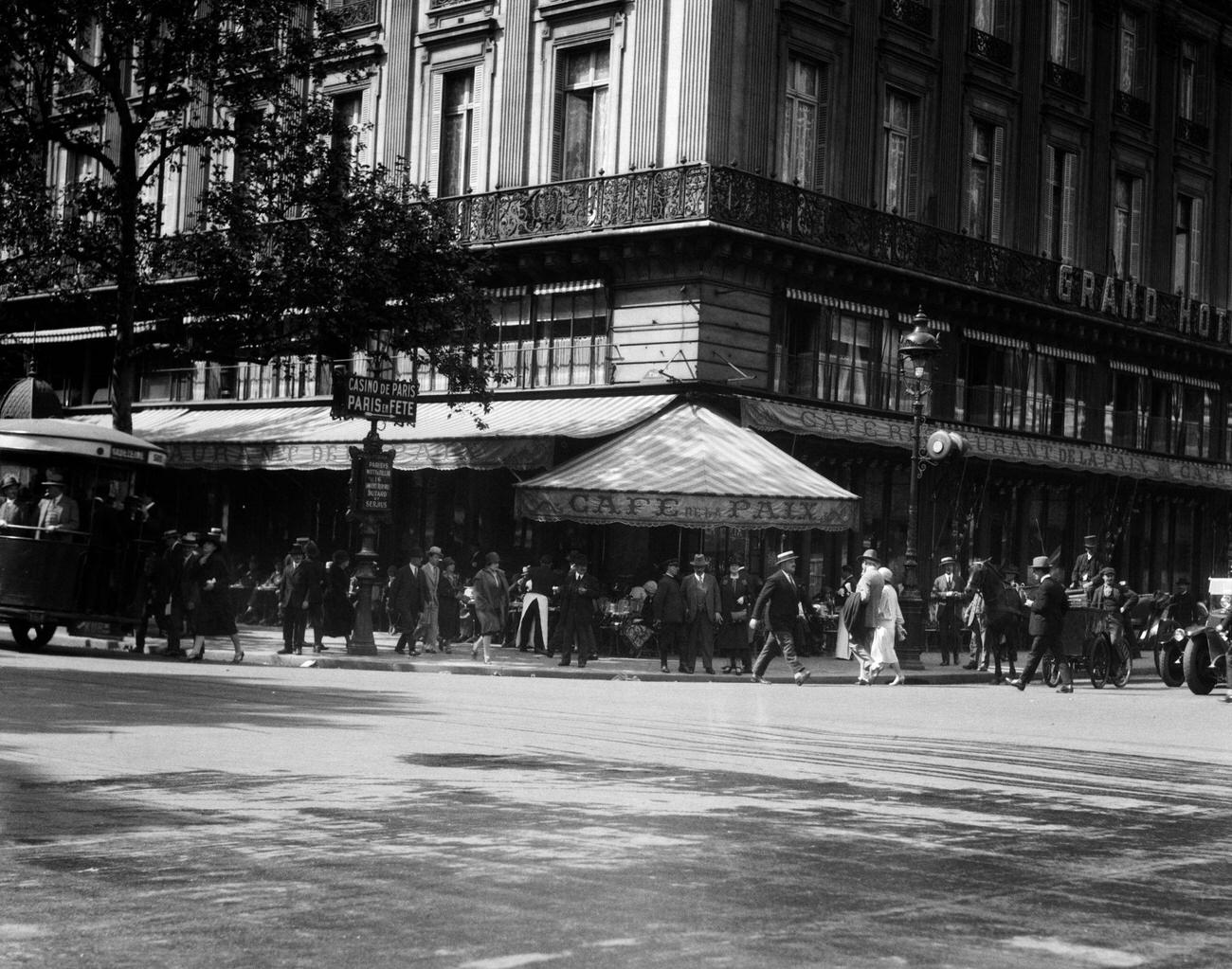
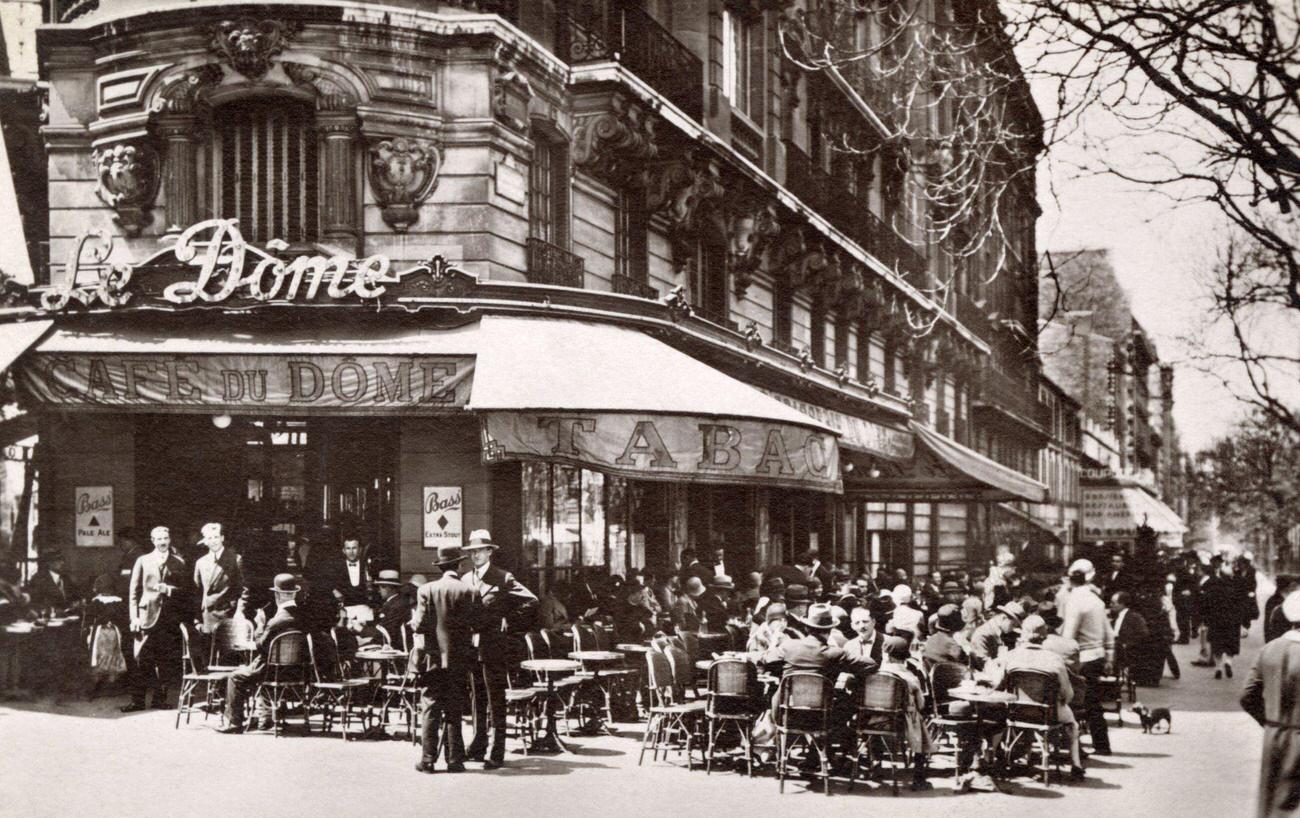
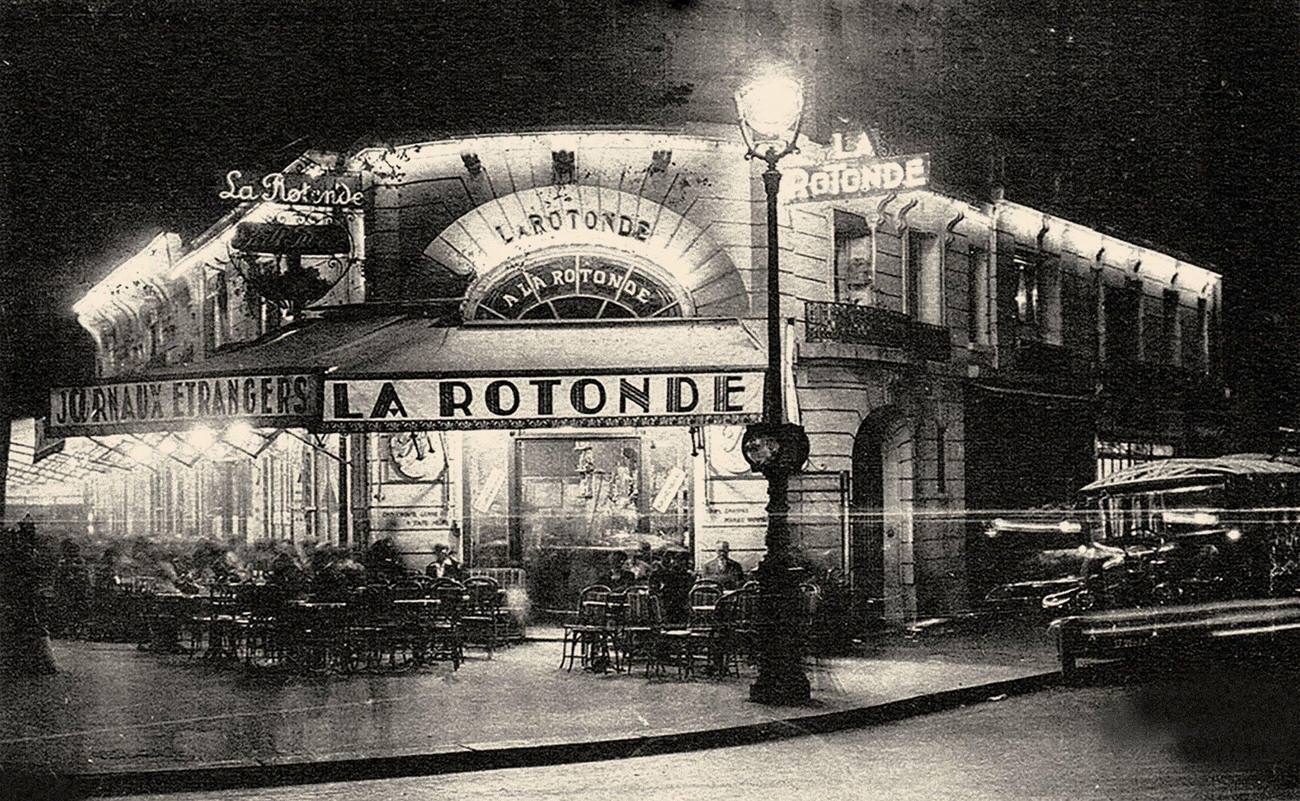
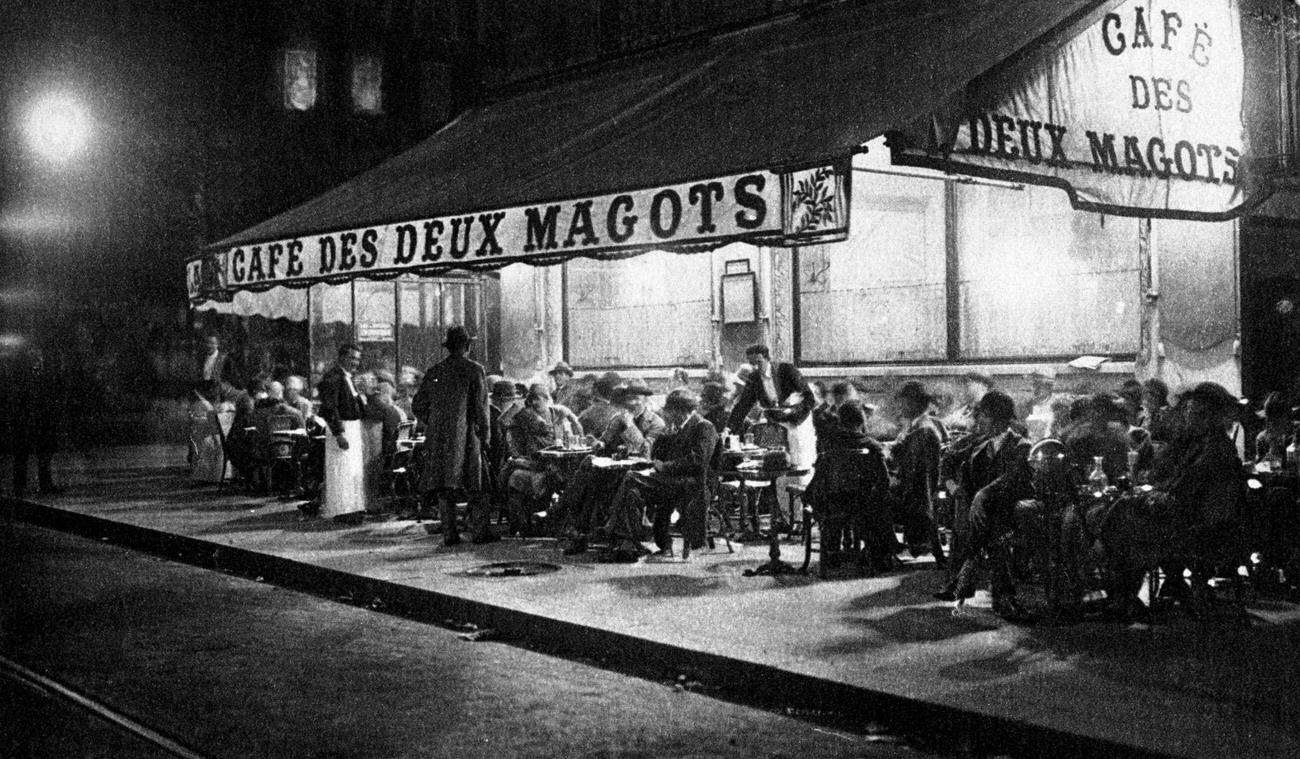
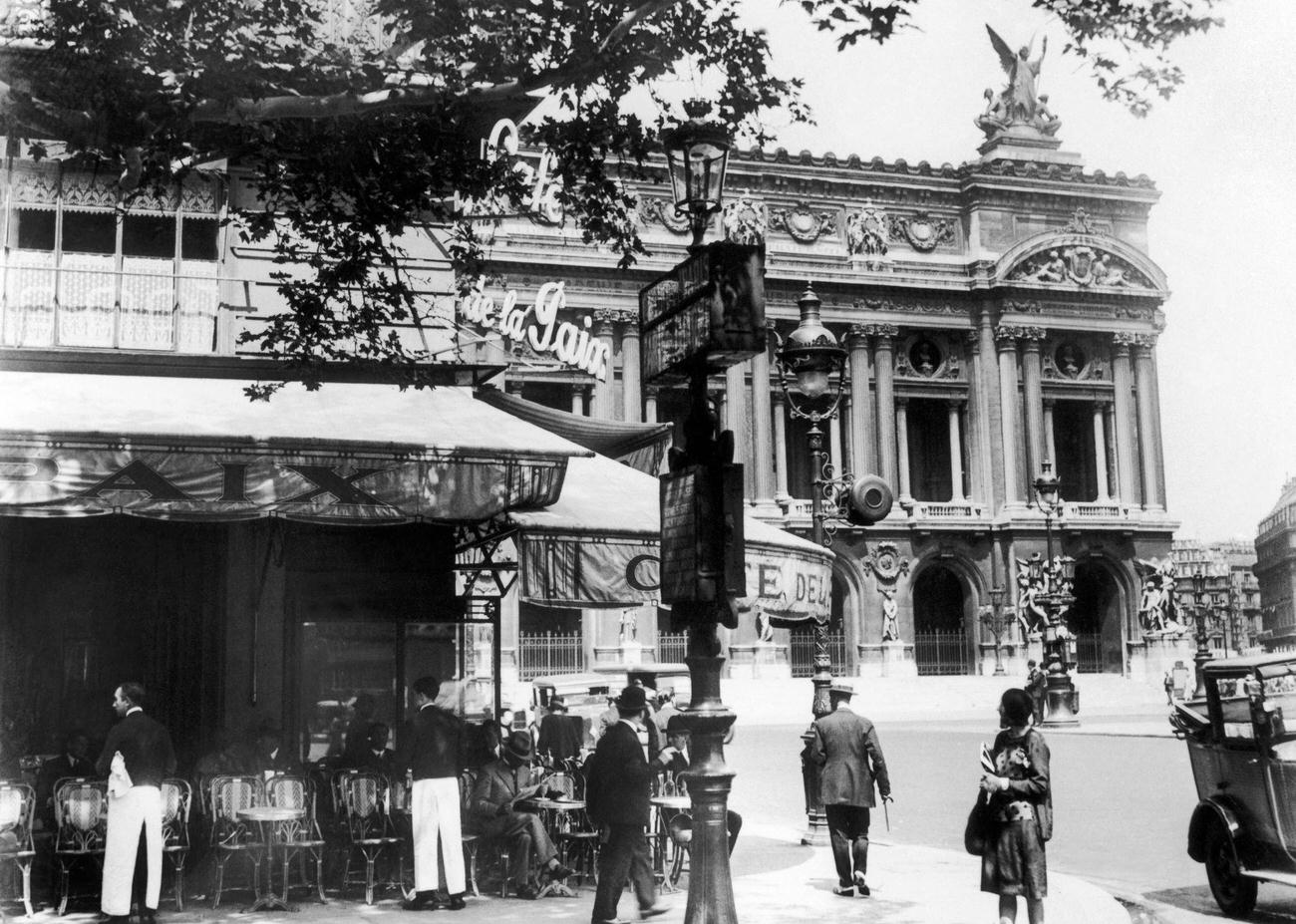
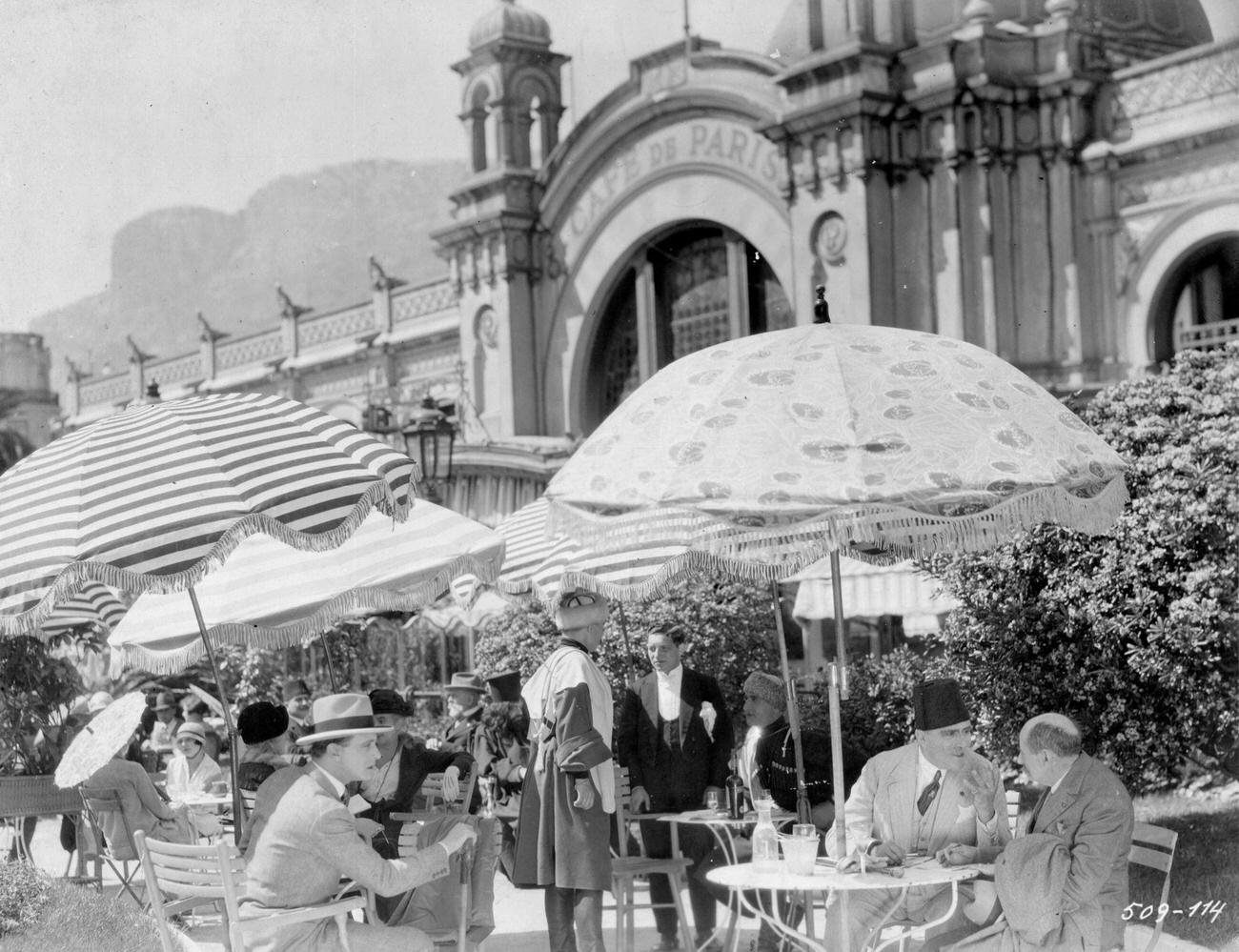
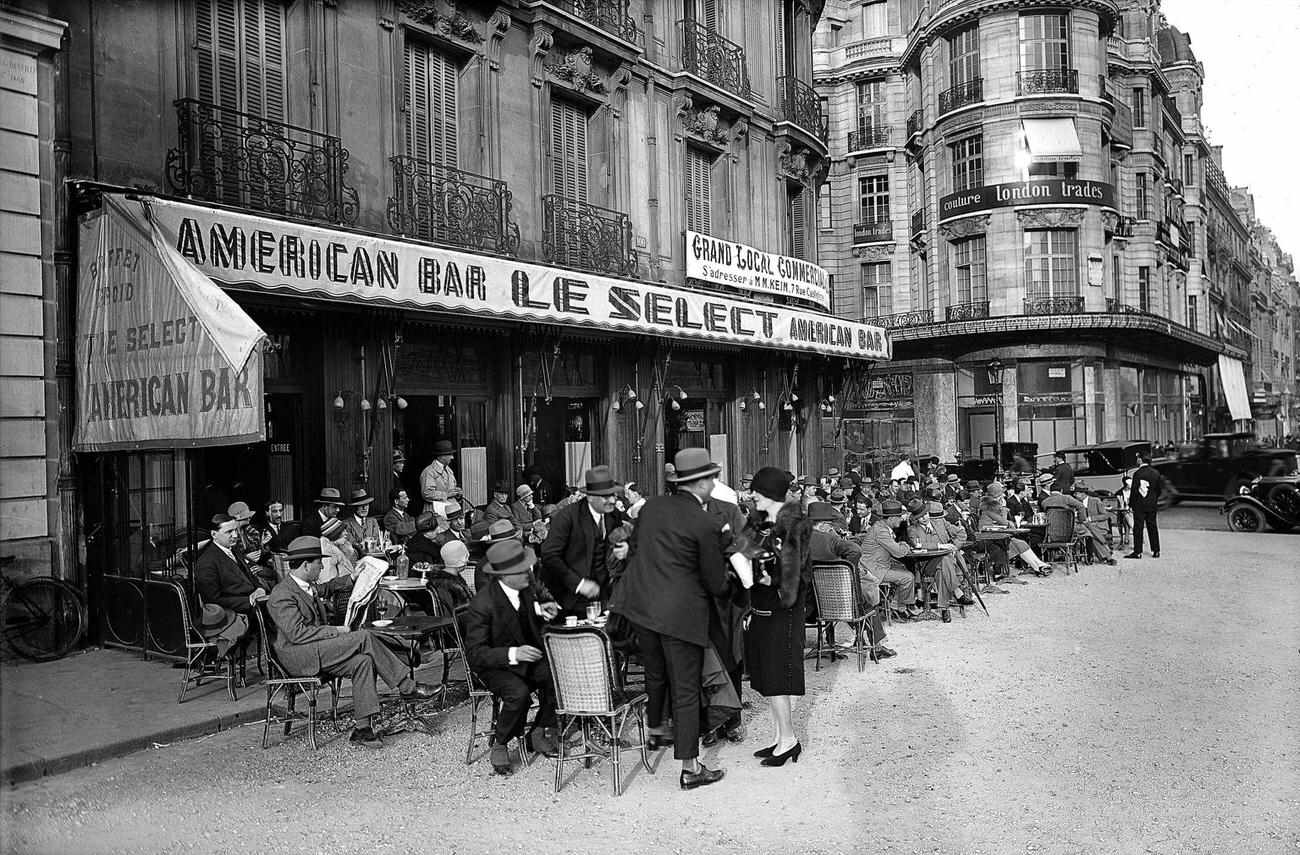
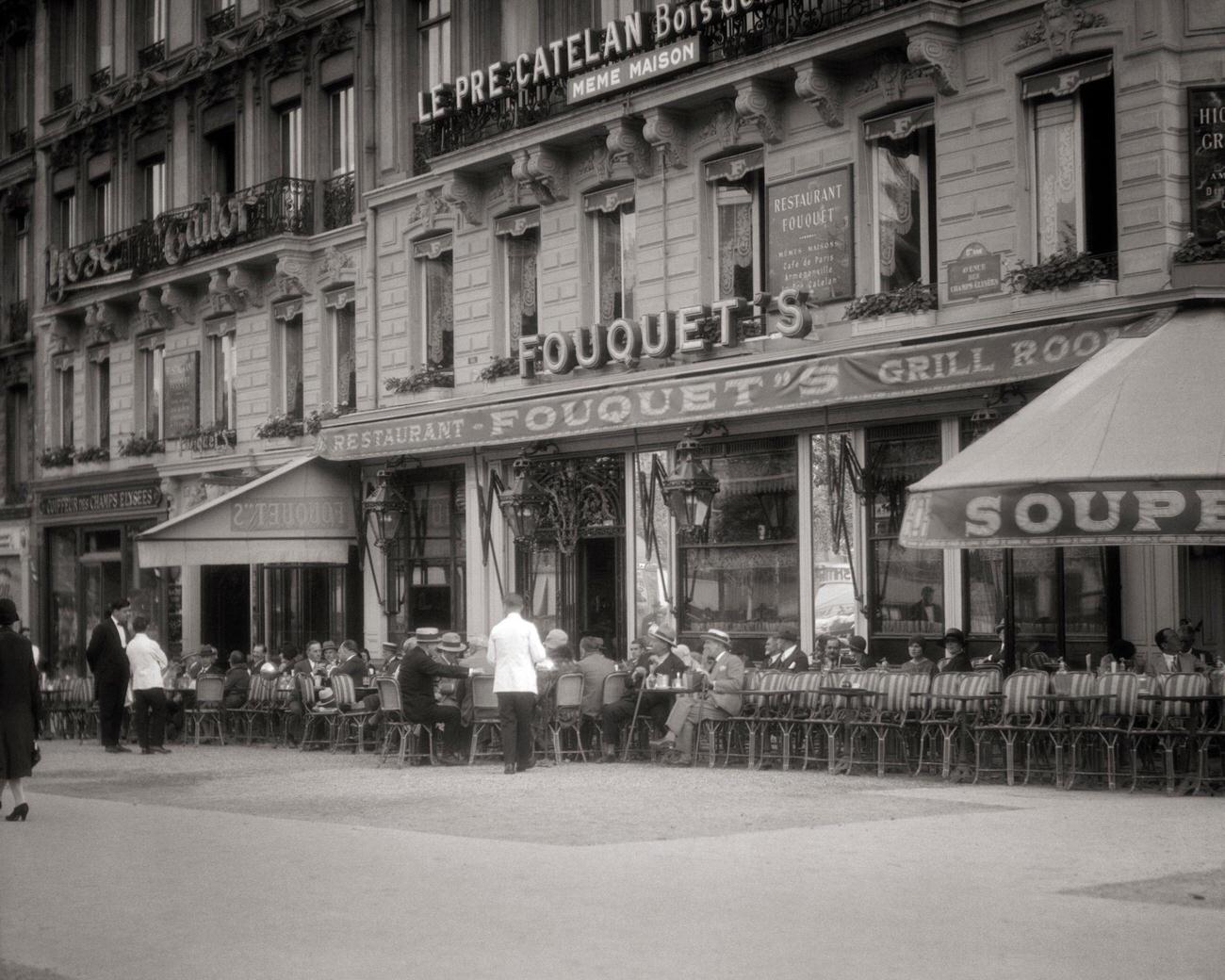
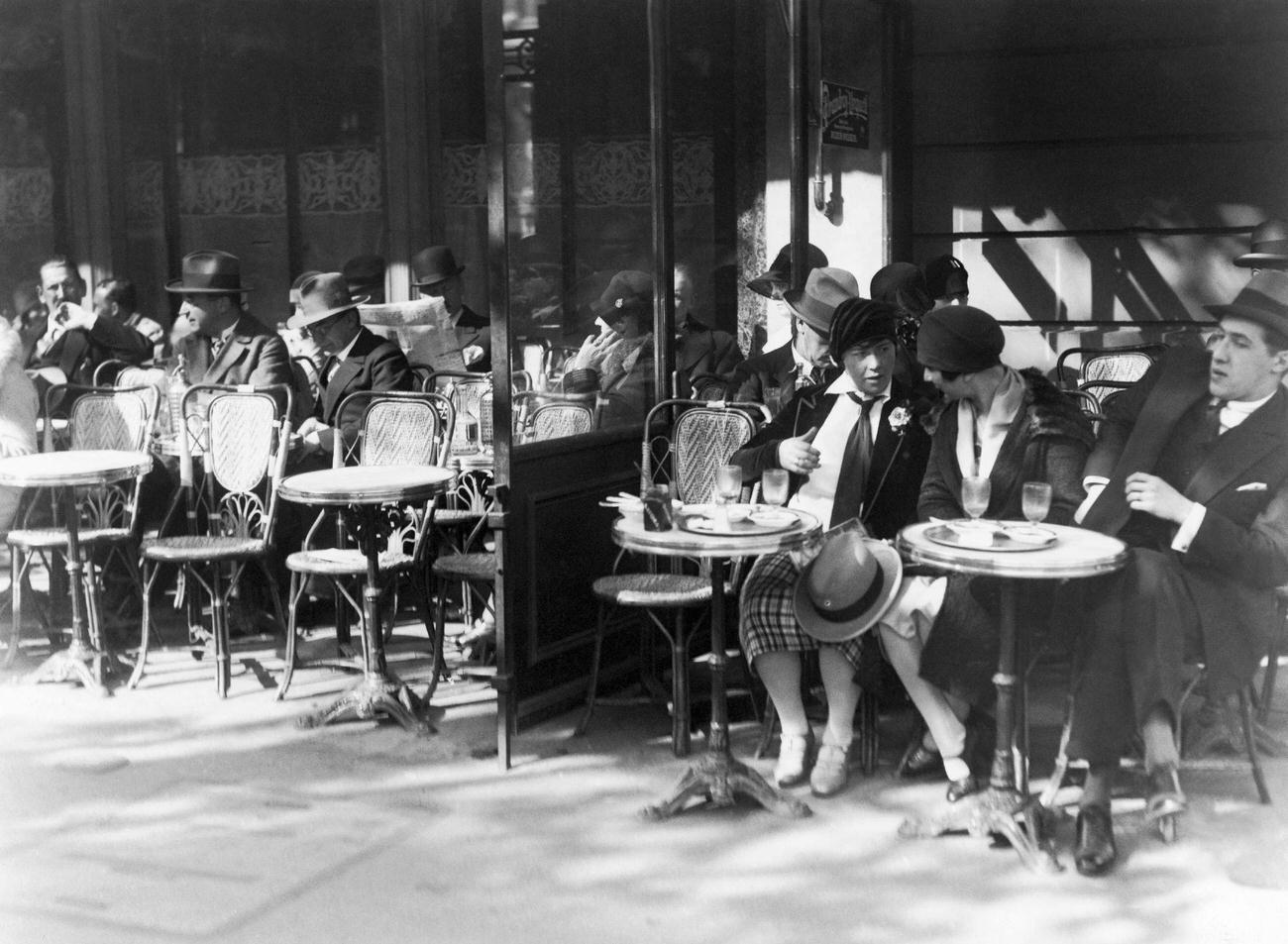
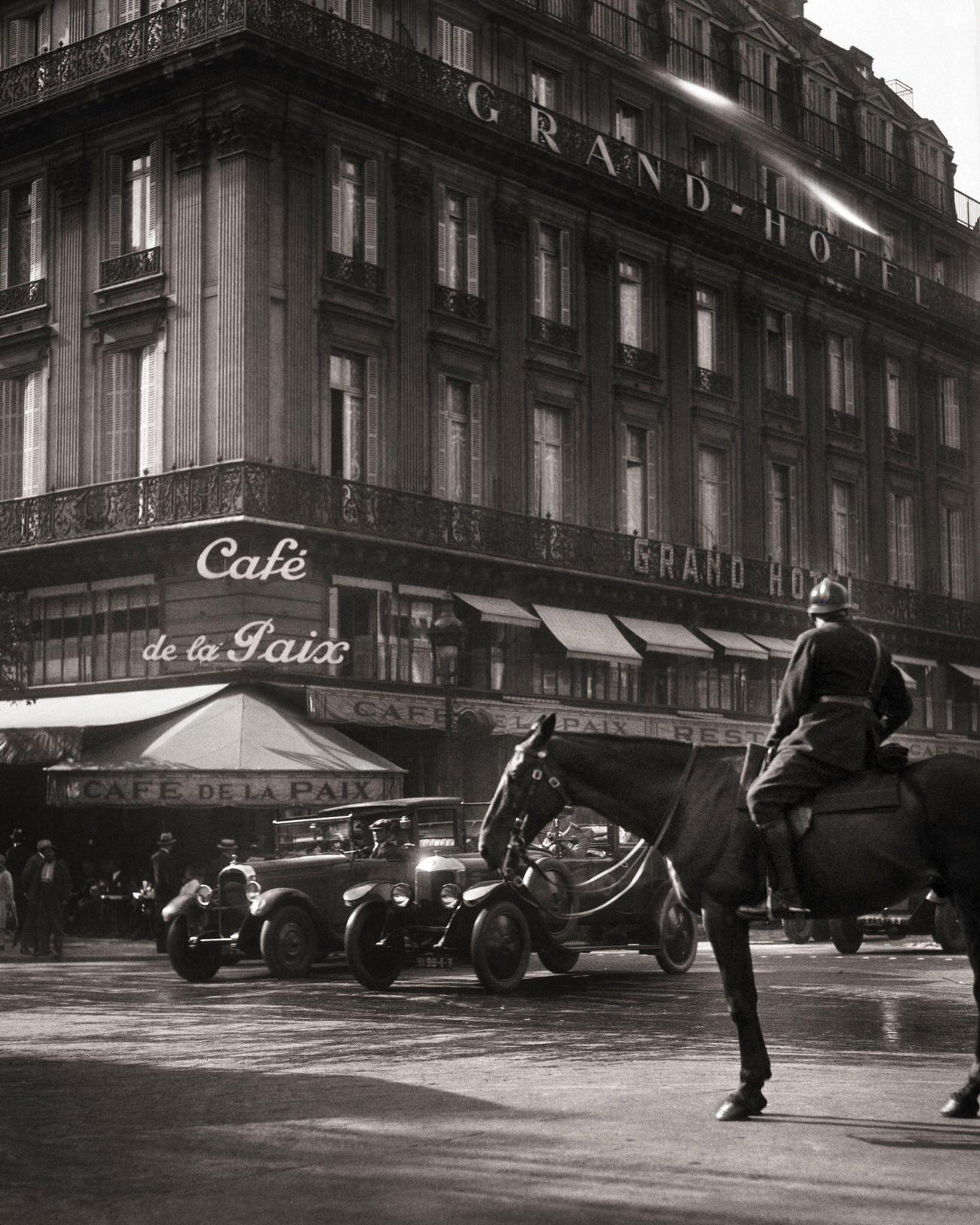
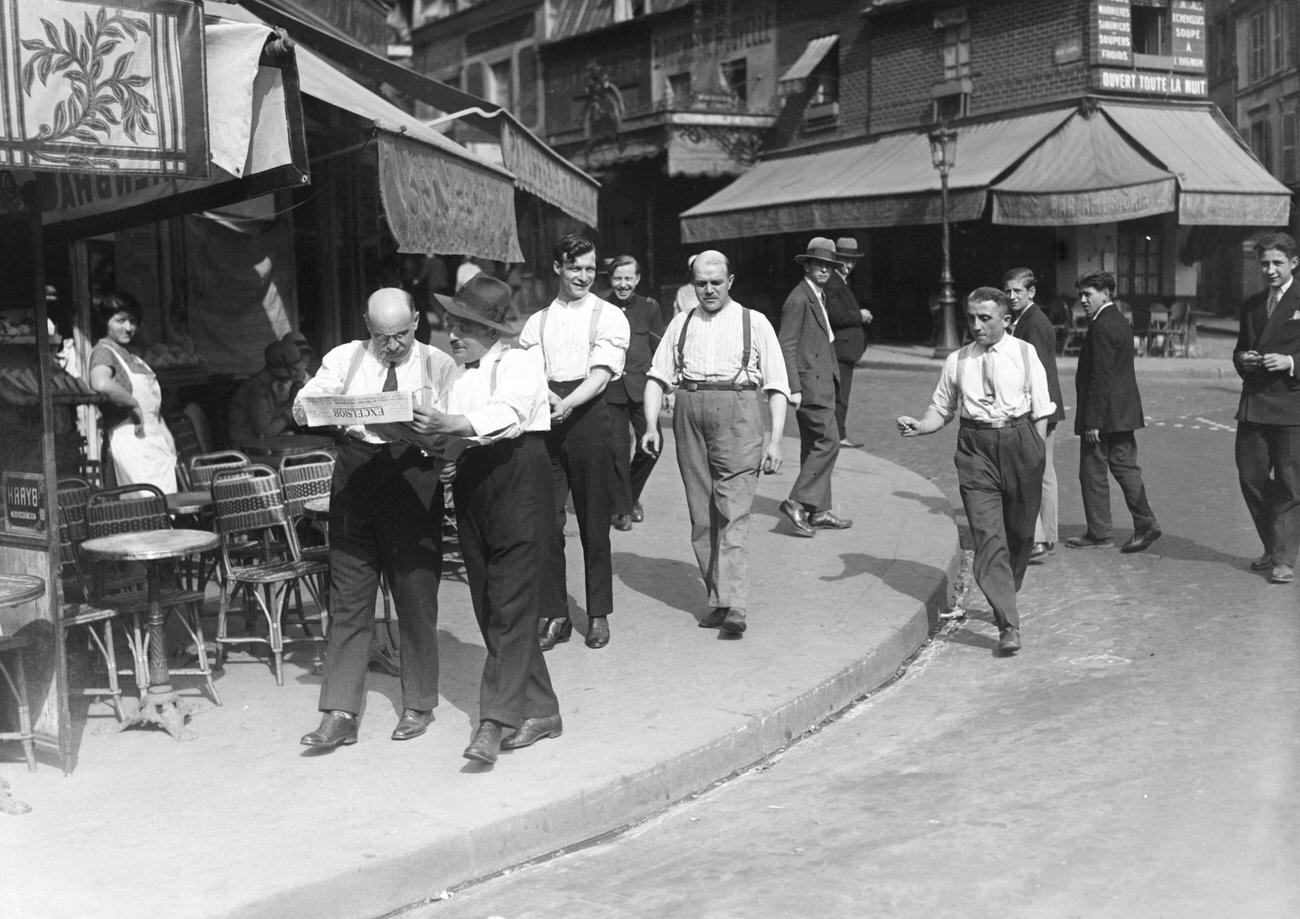
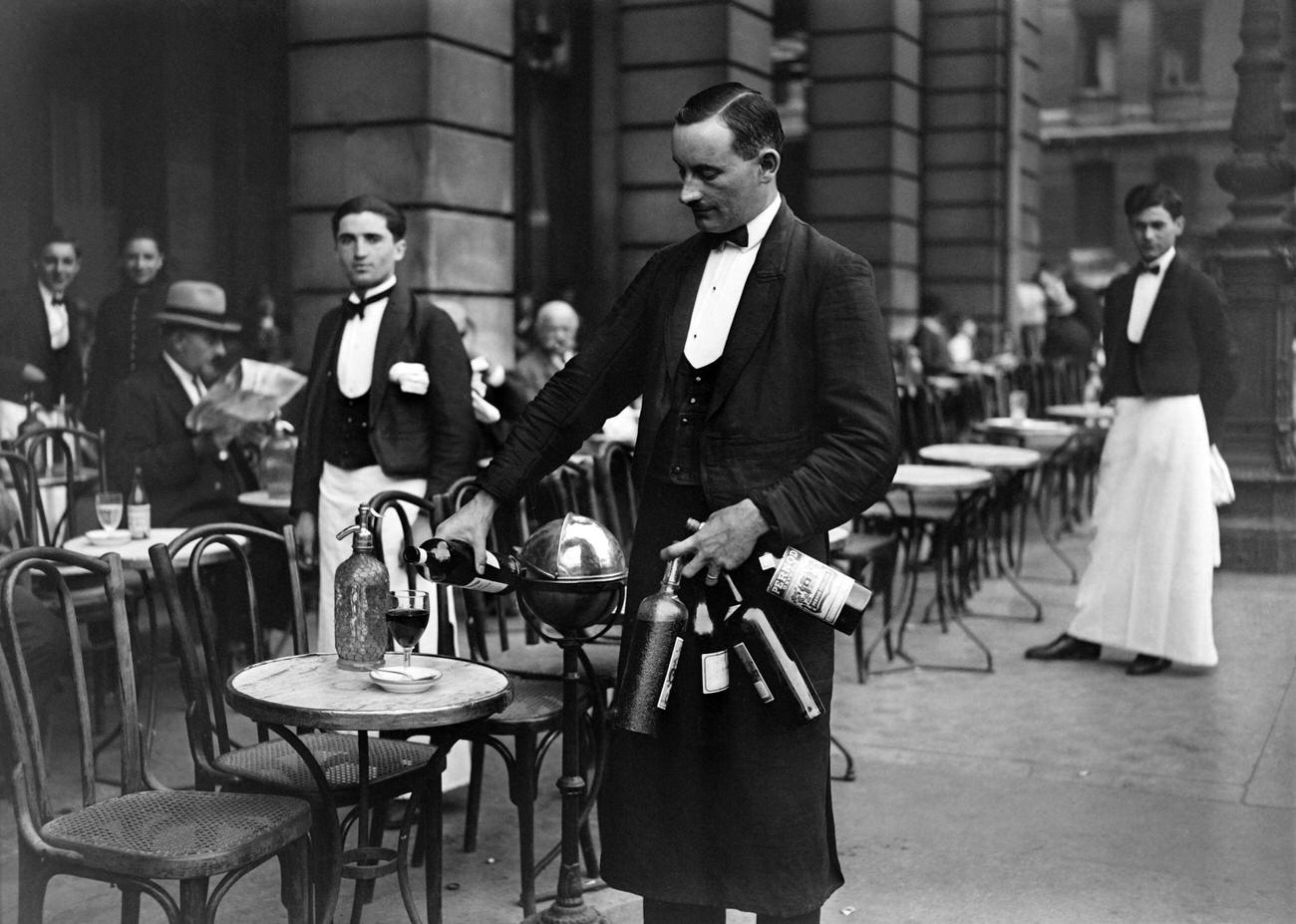
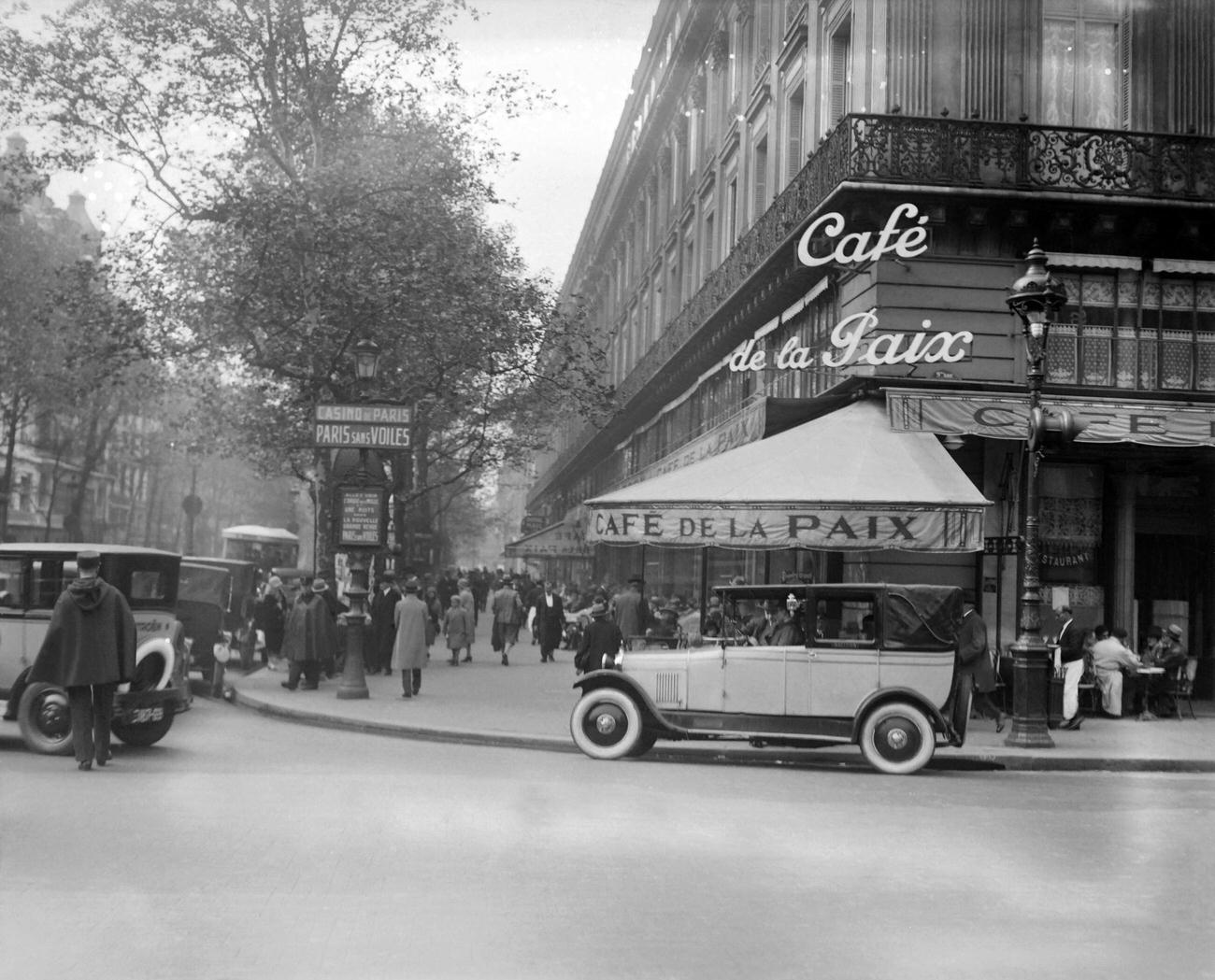
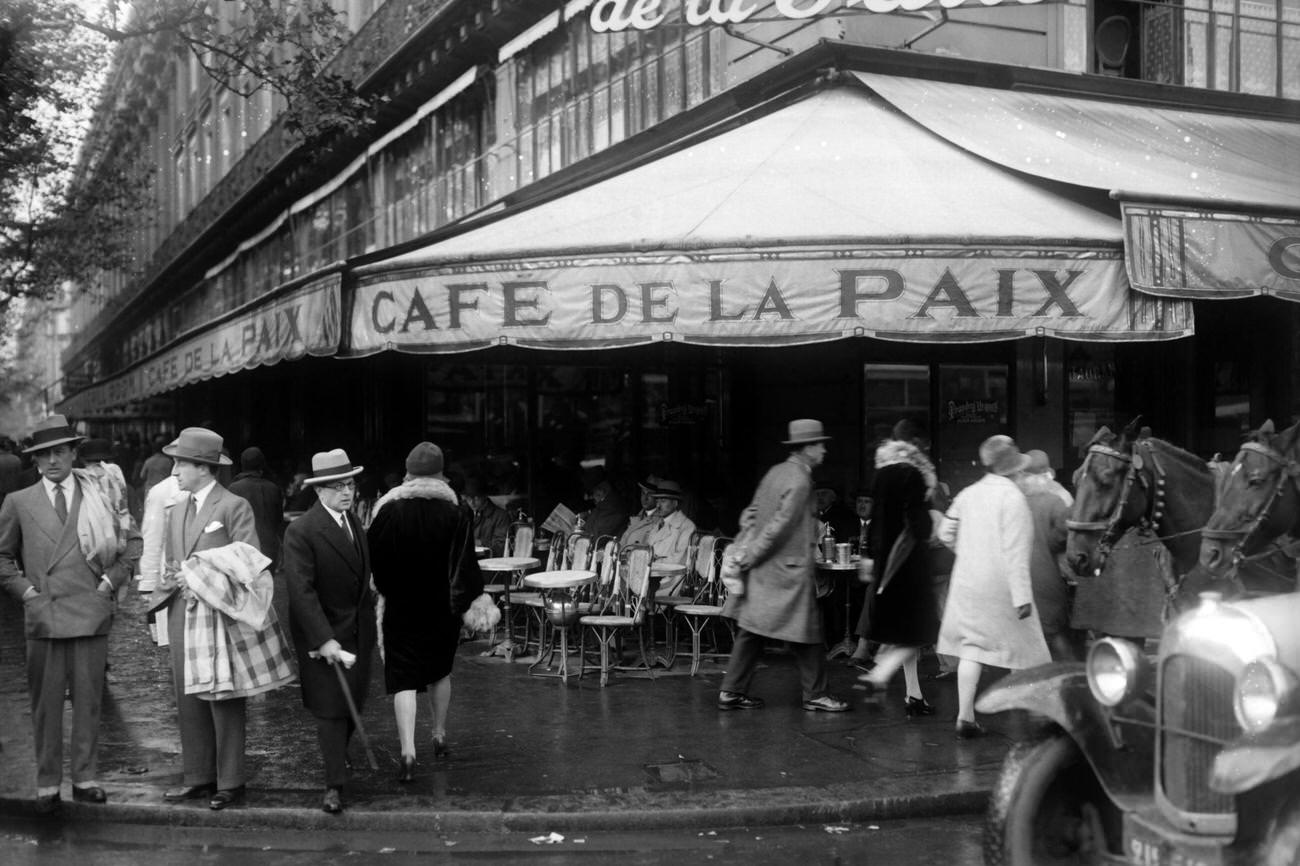
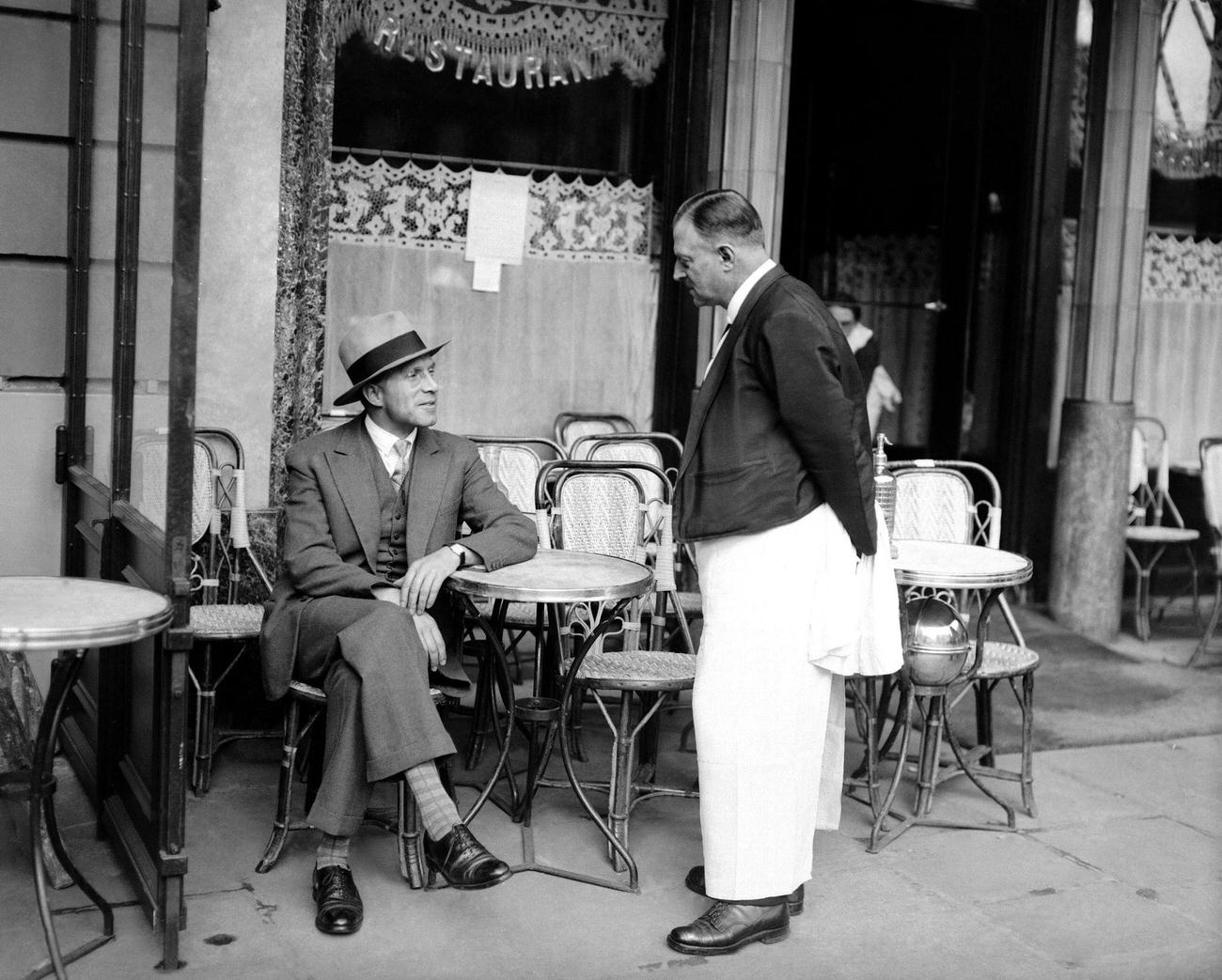
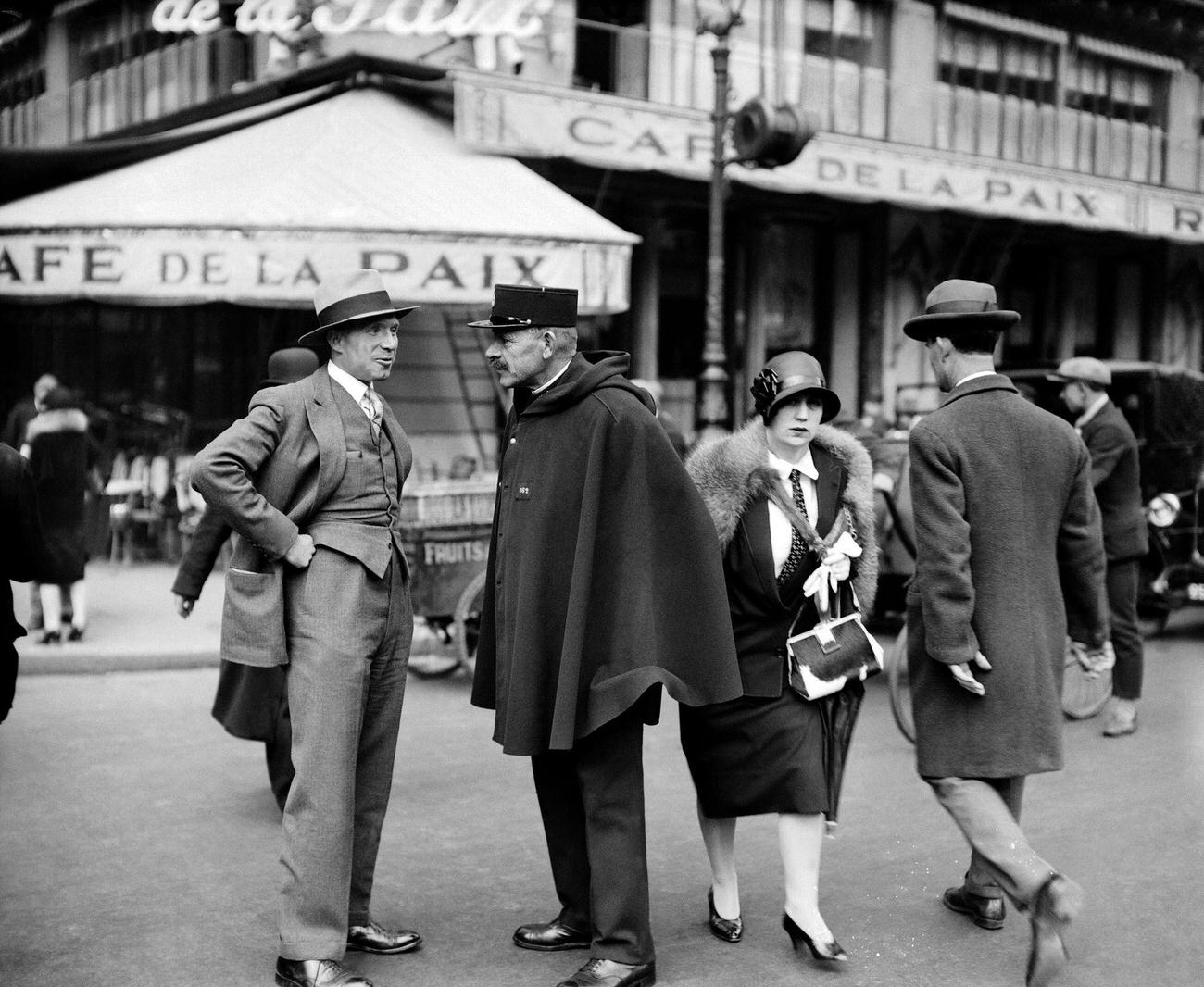
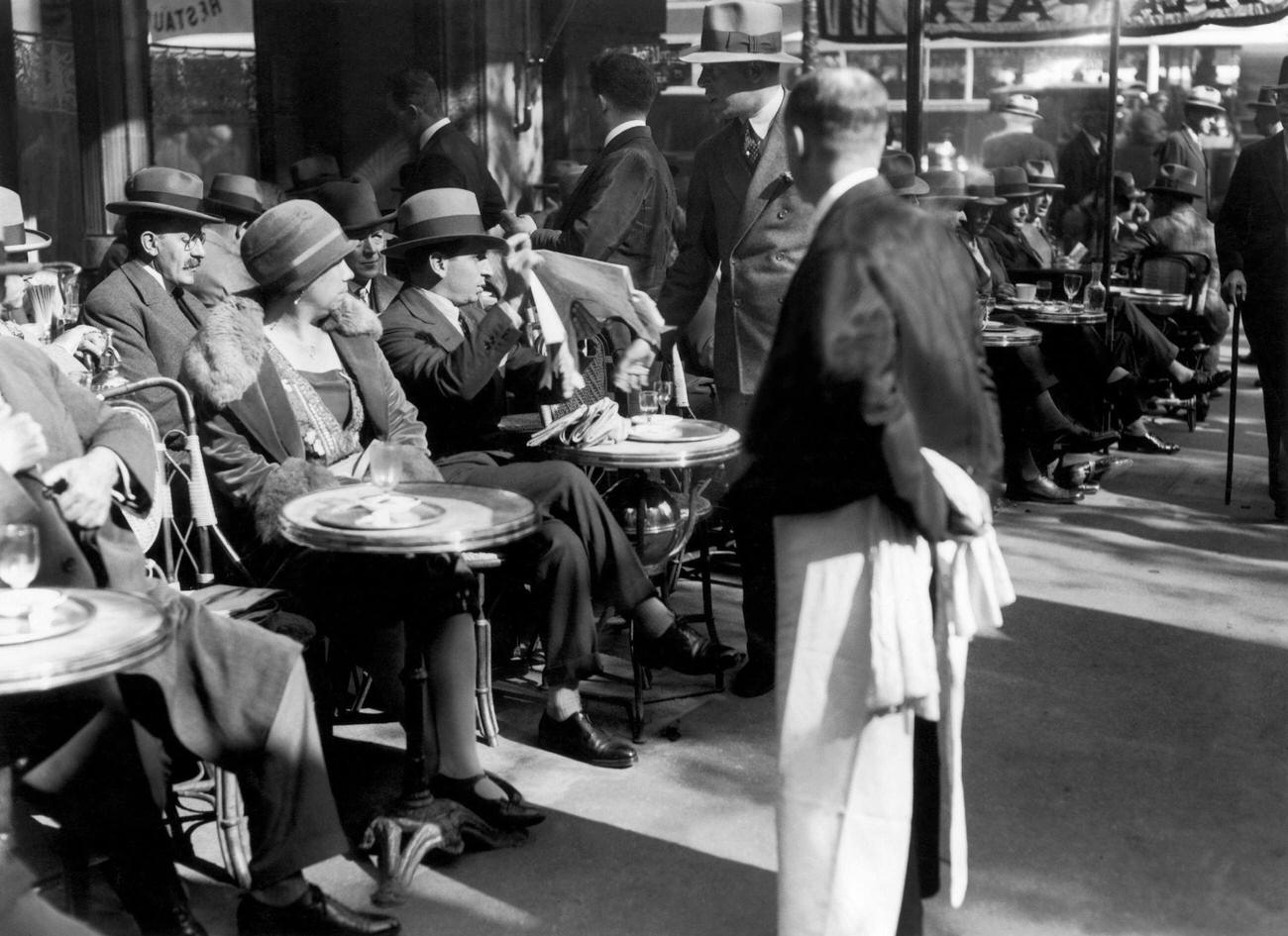
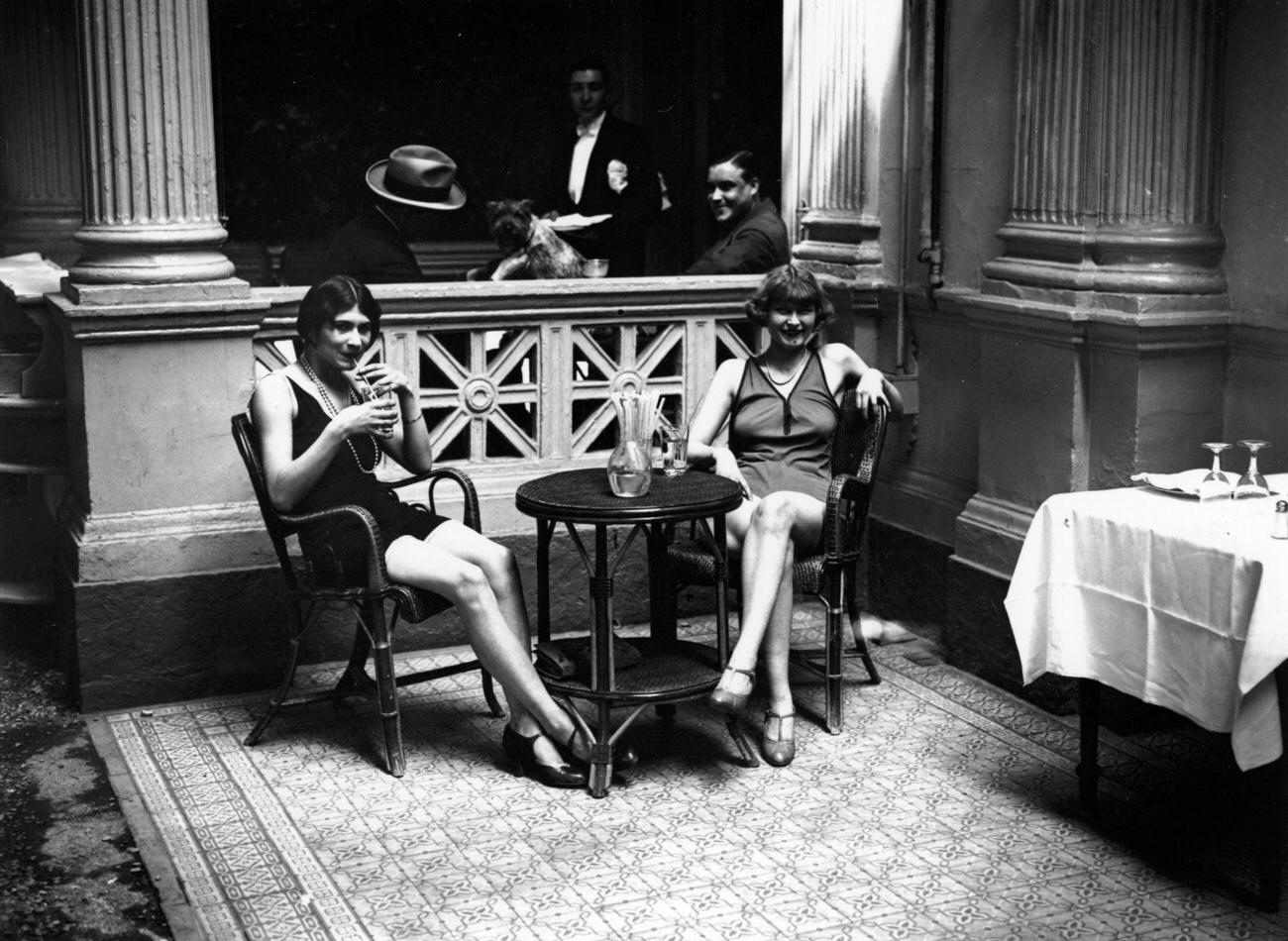
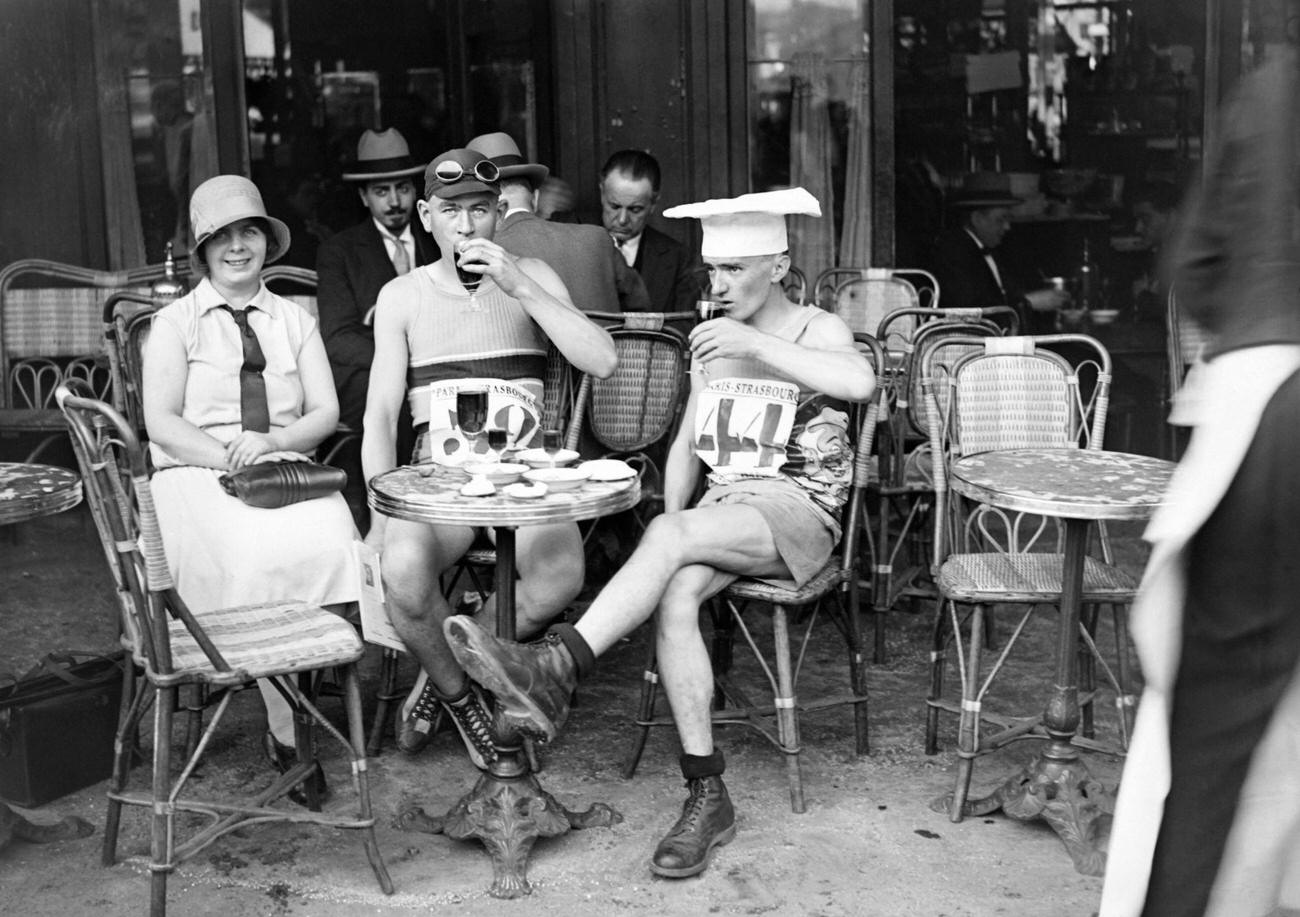
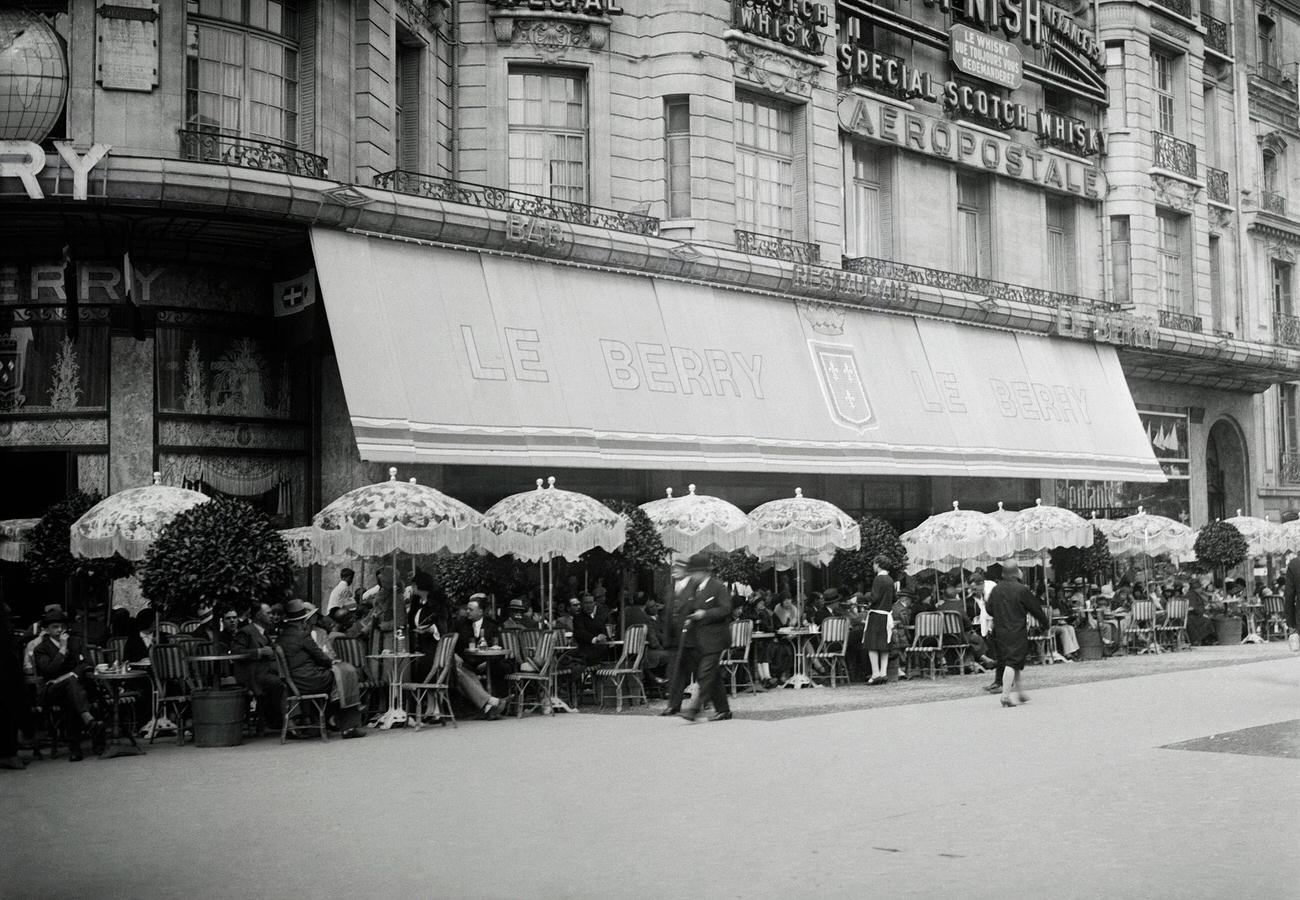
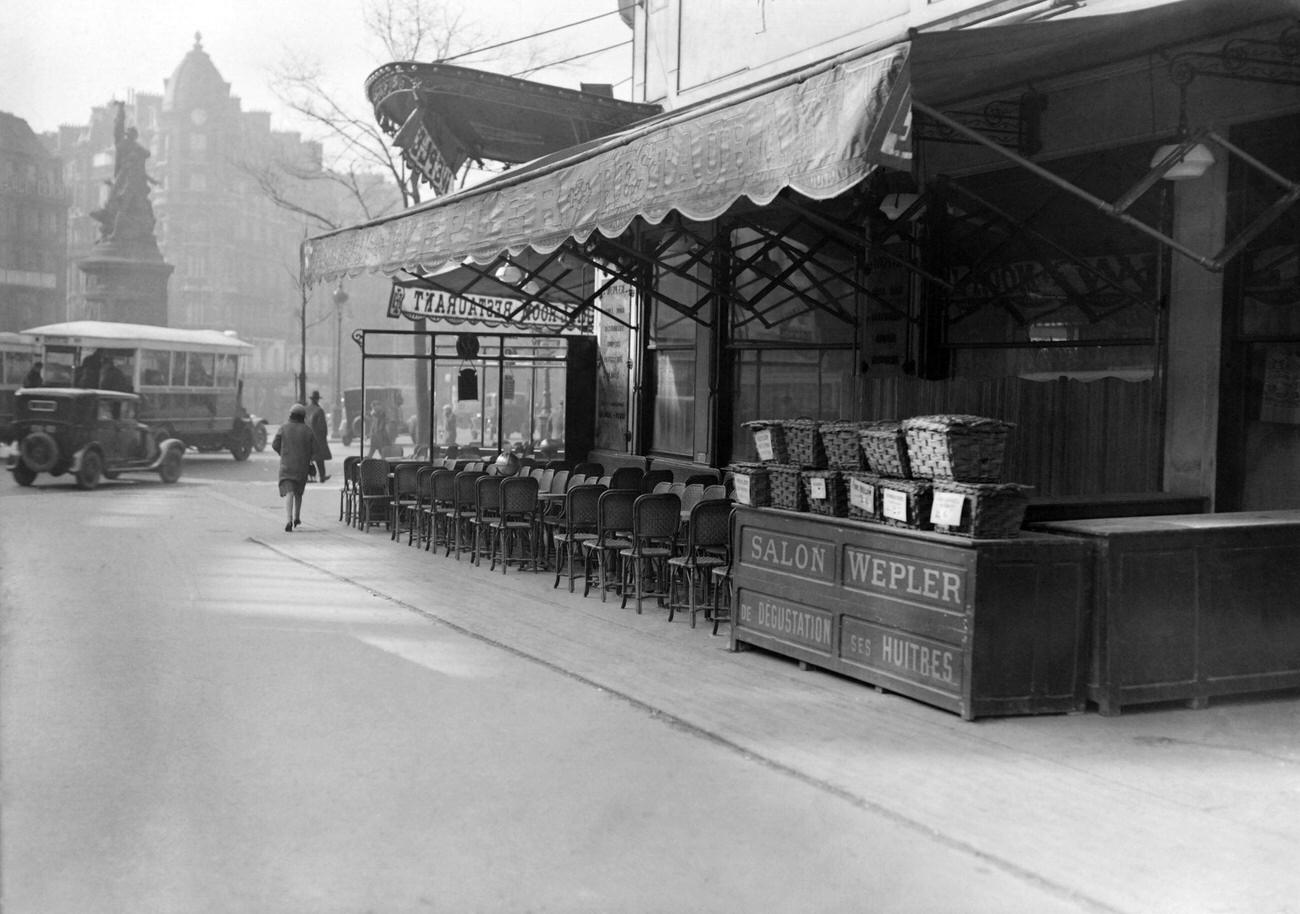
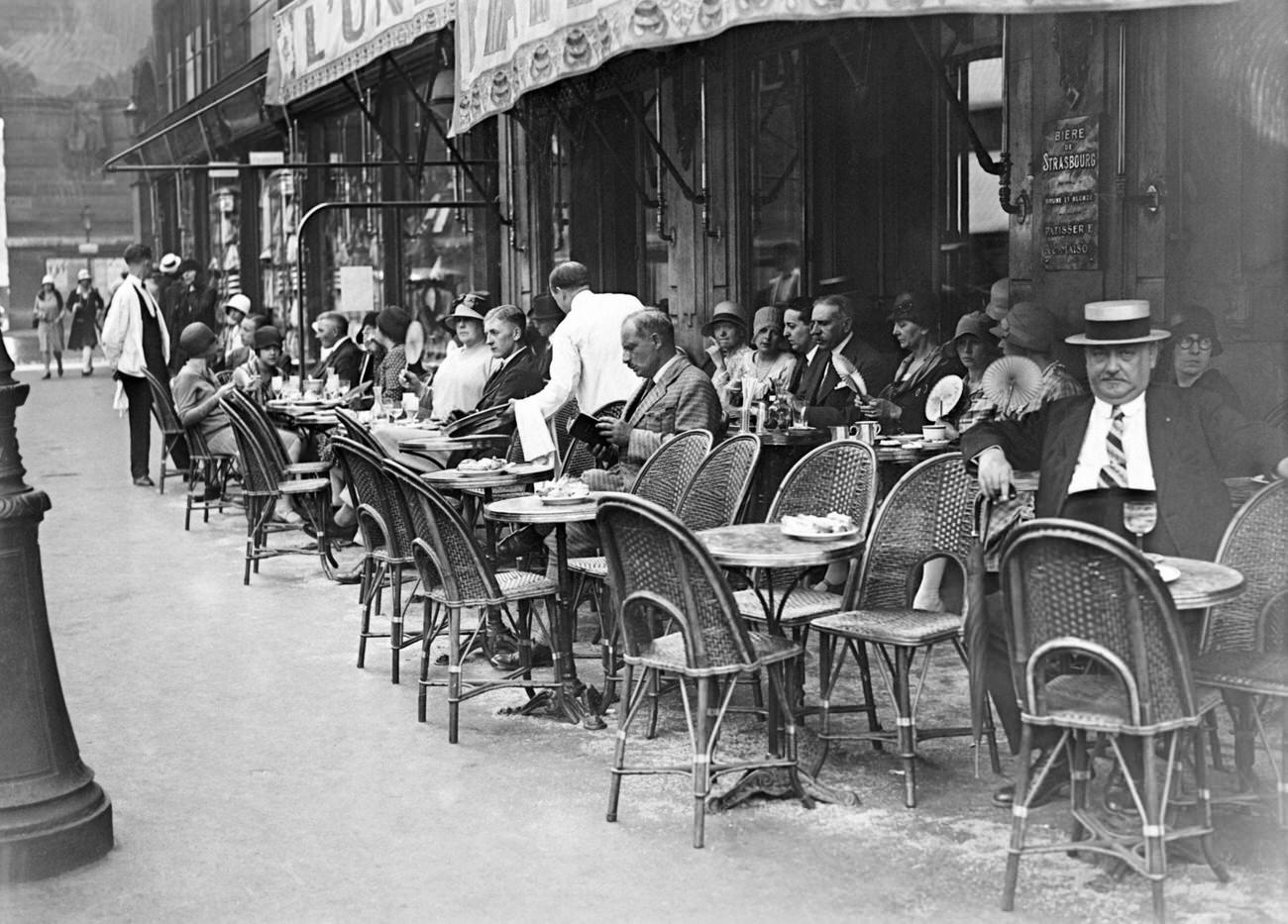
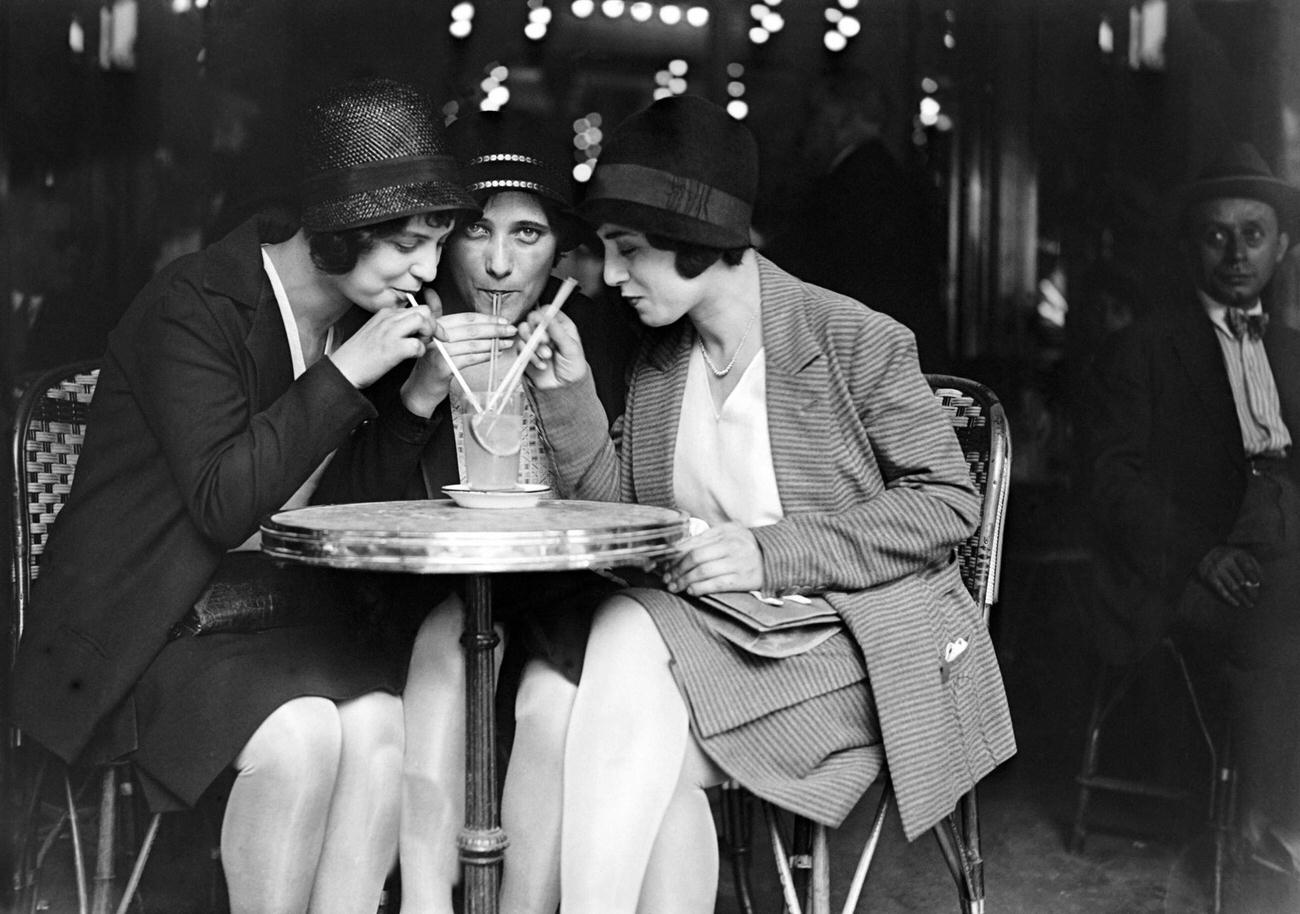
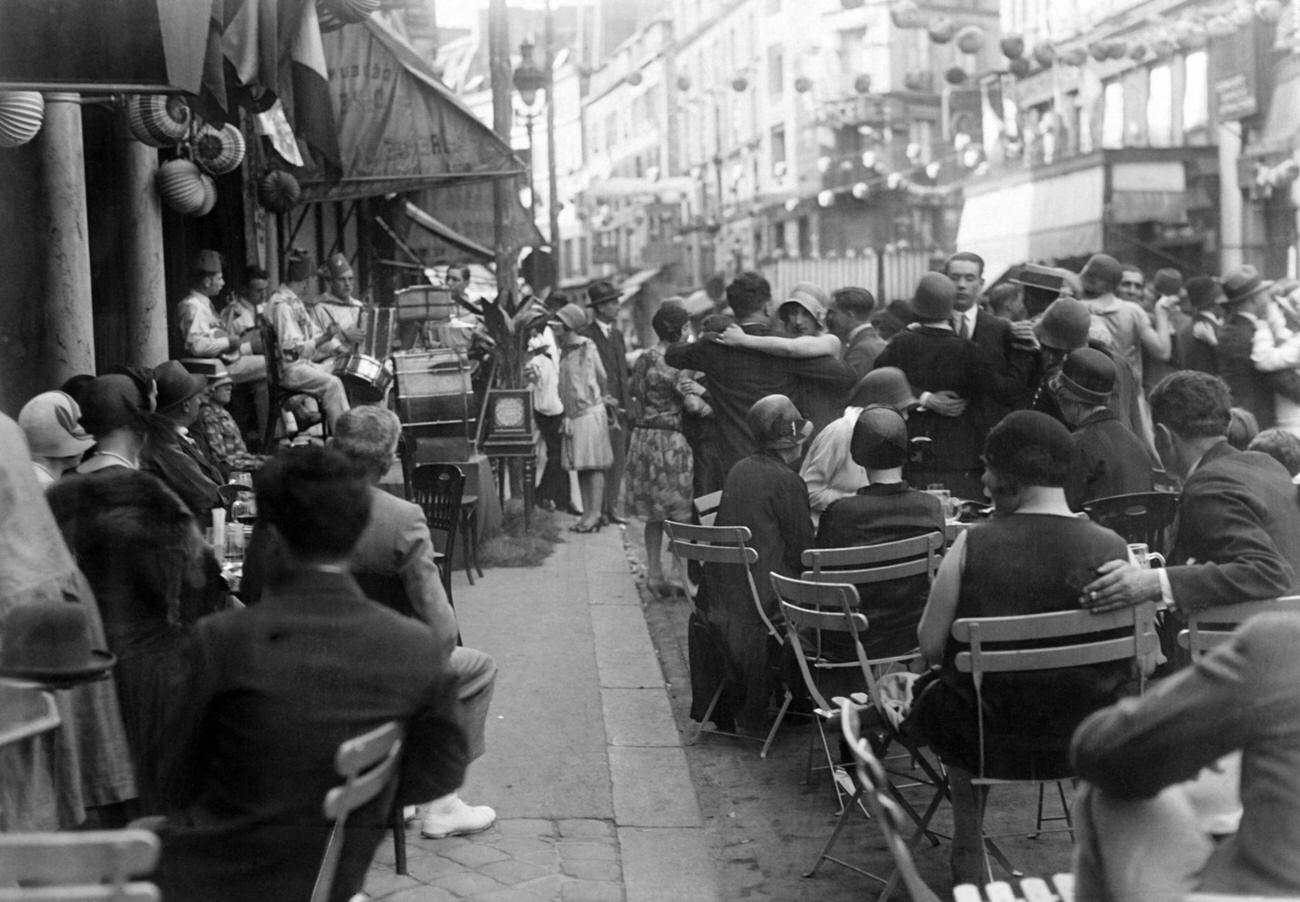
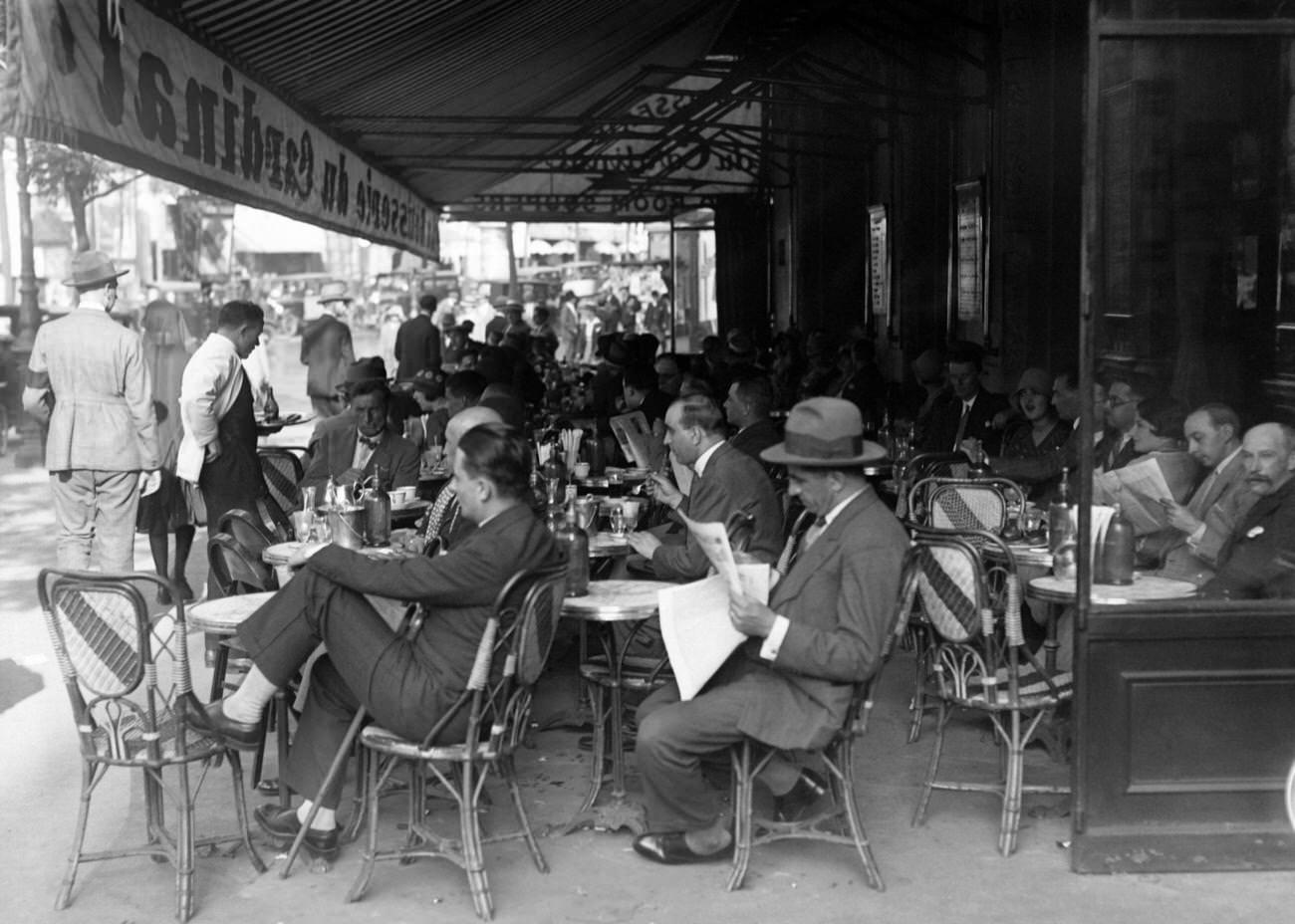

If only the people in those photos could see what Paris has become.